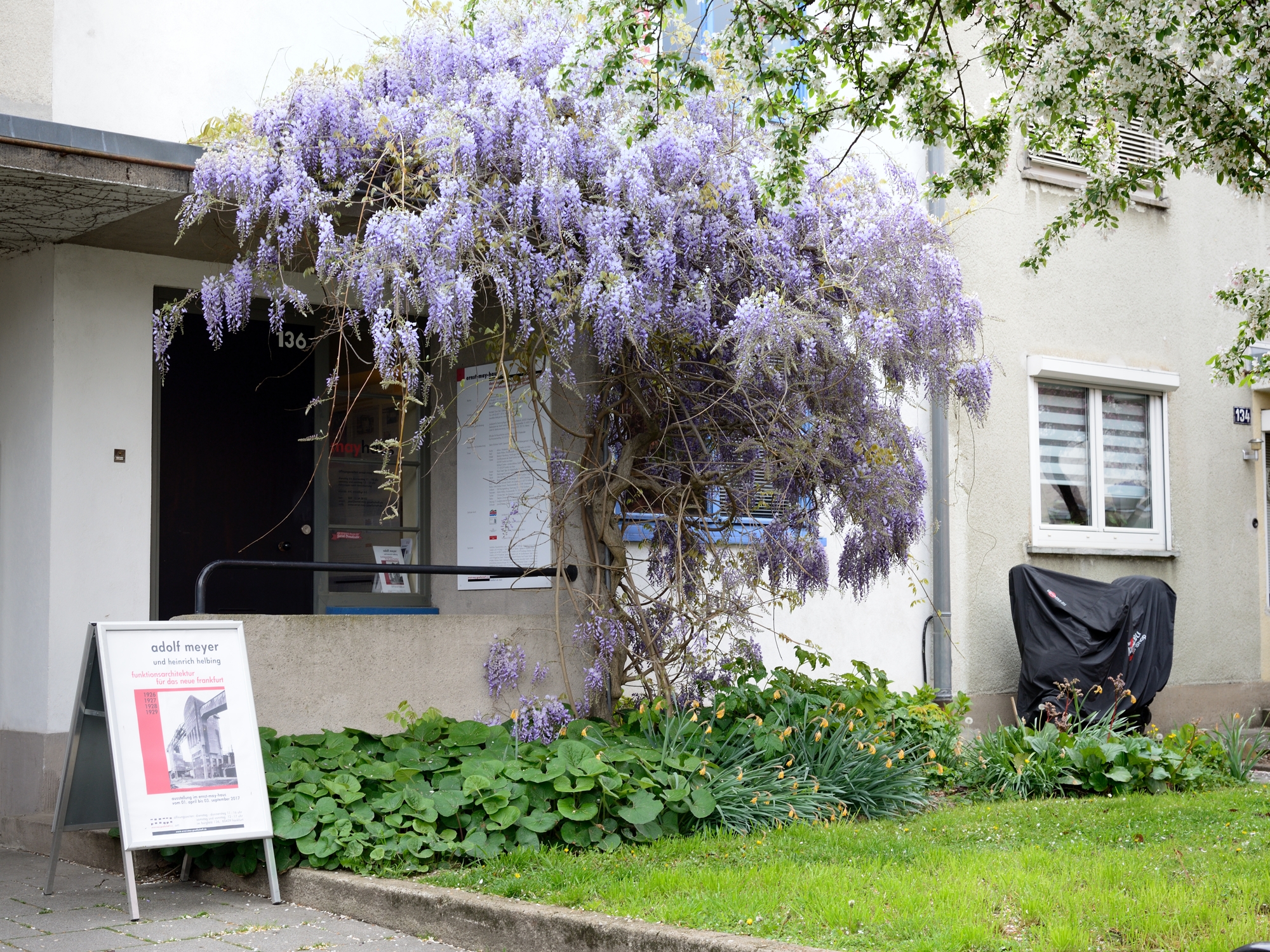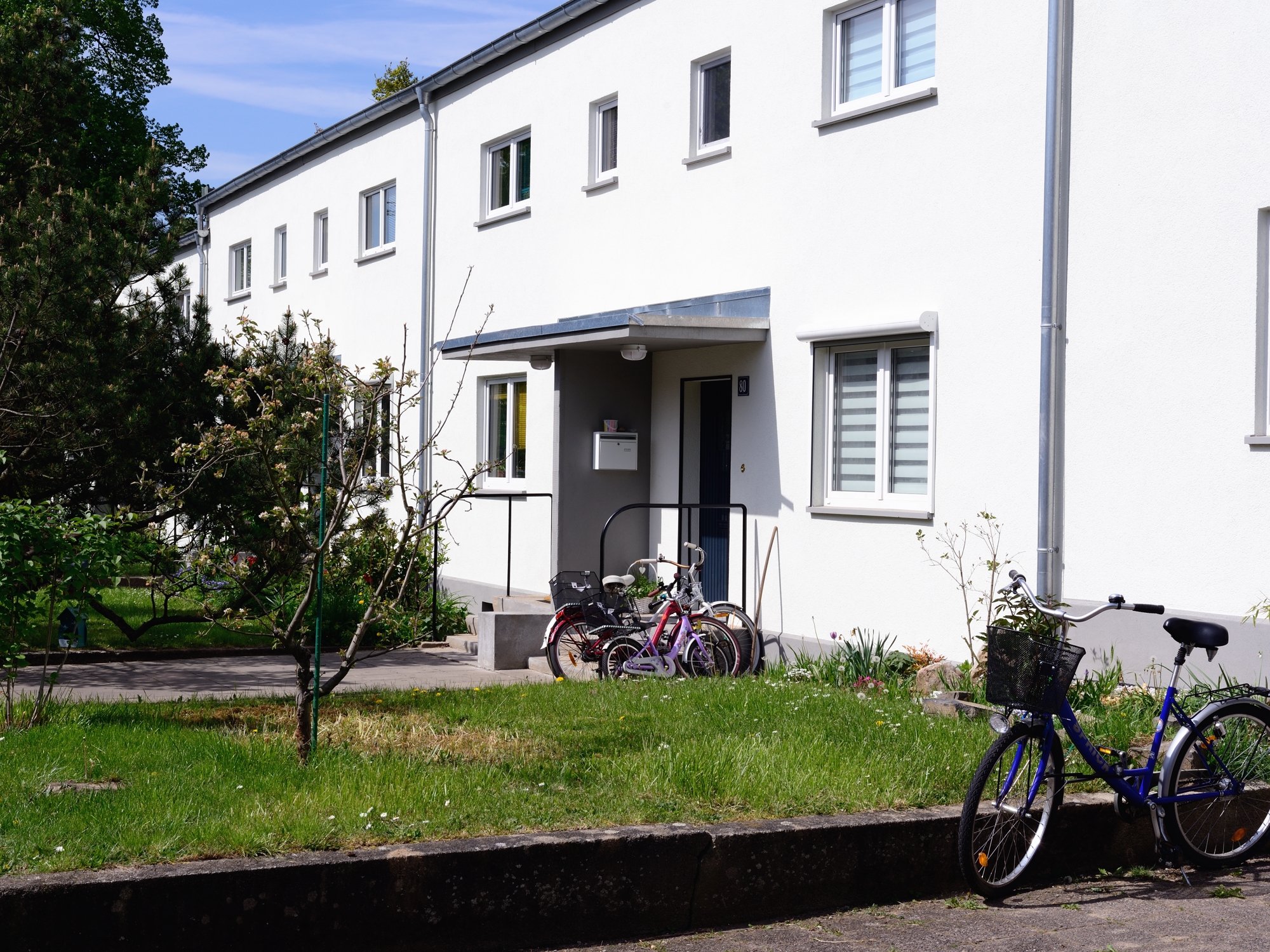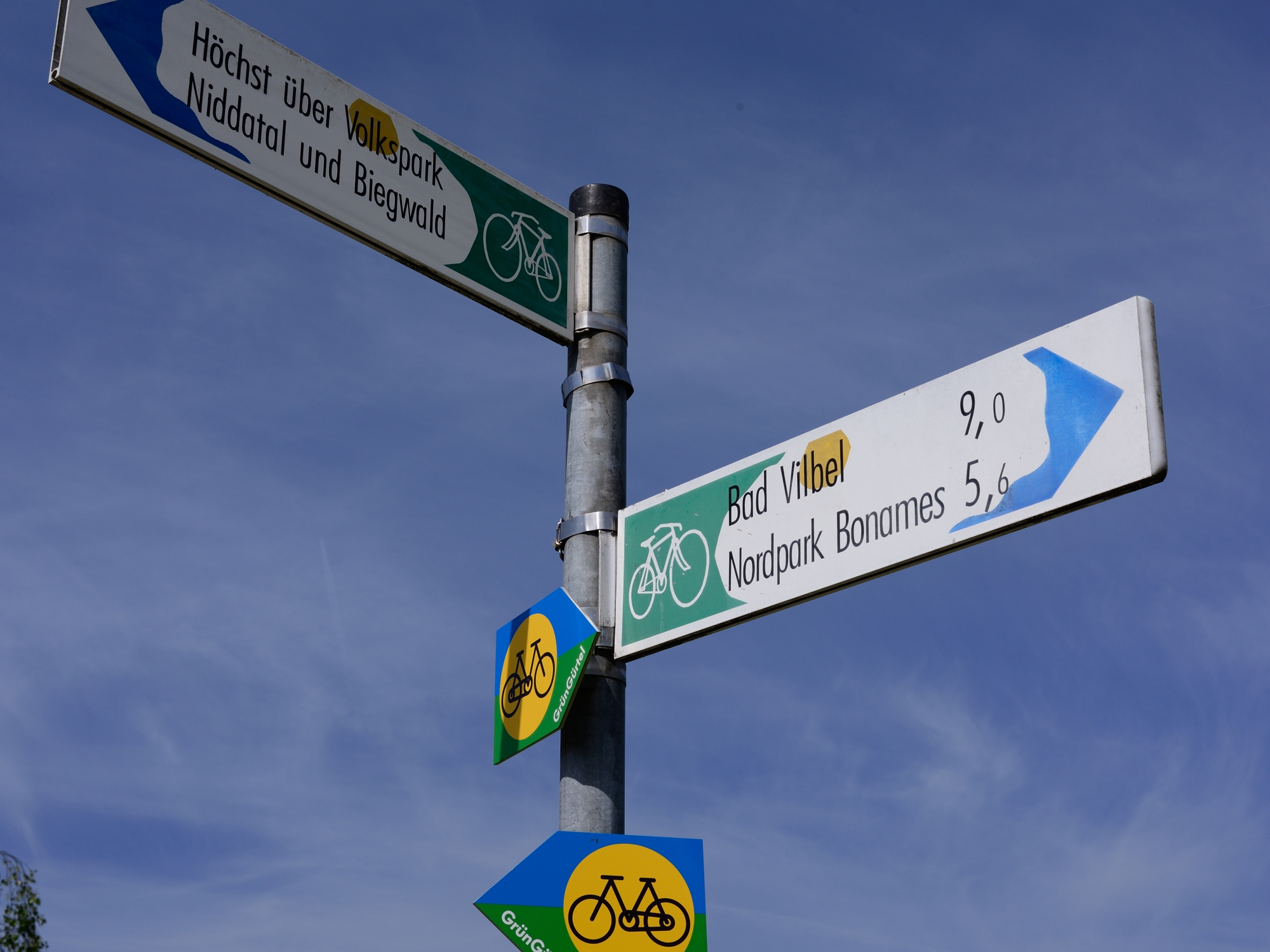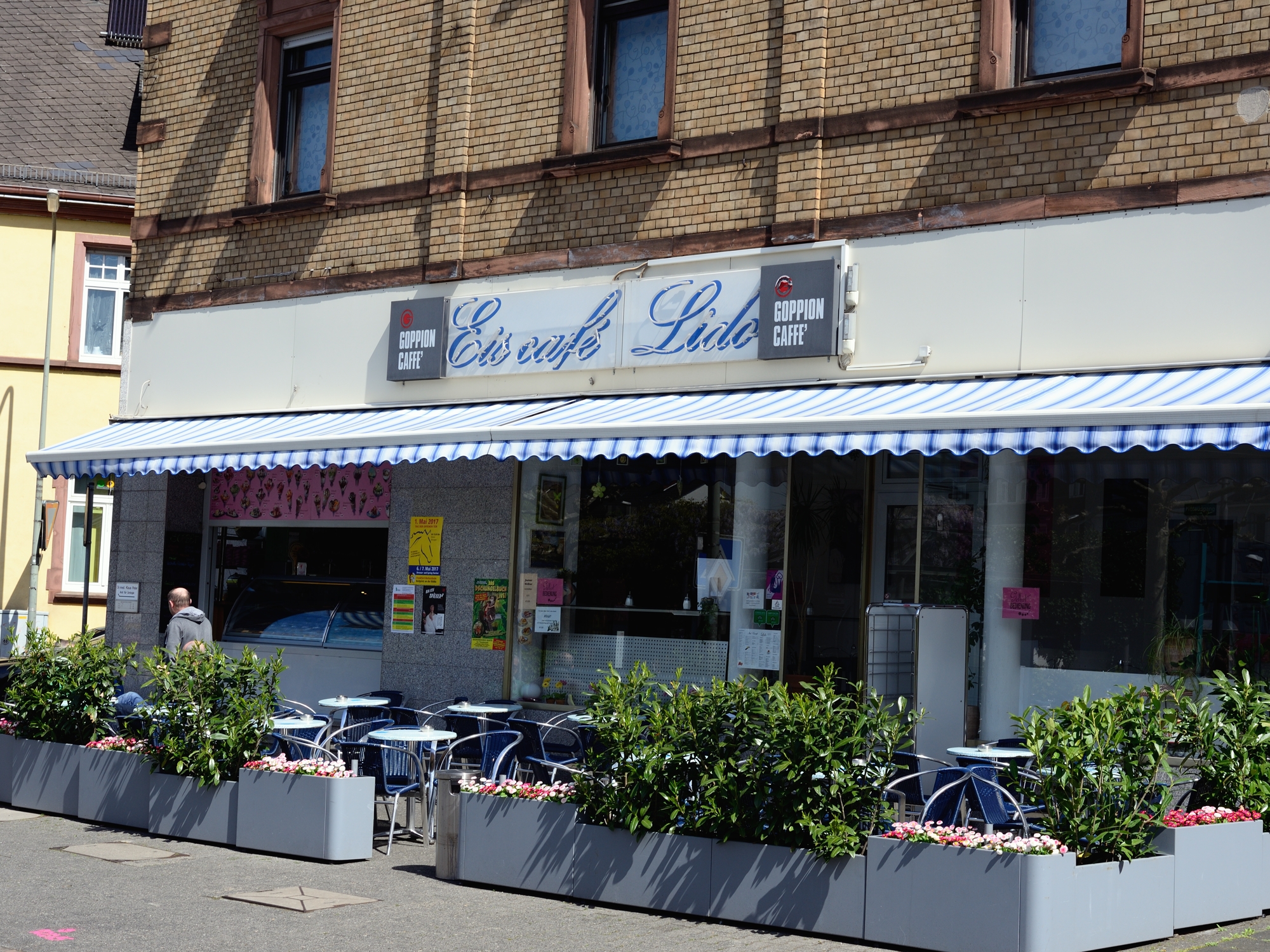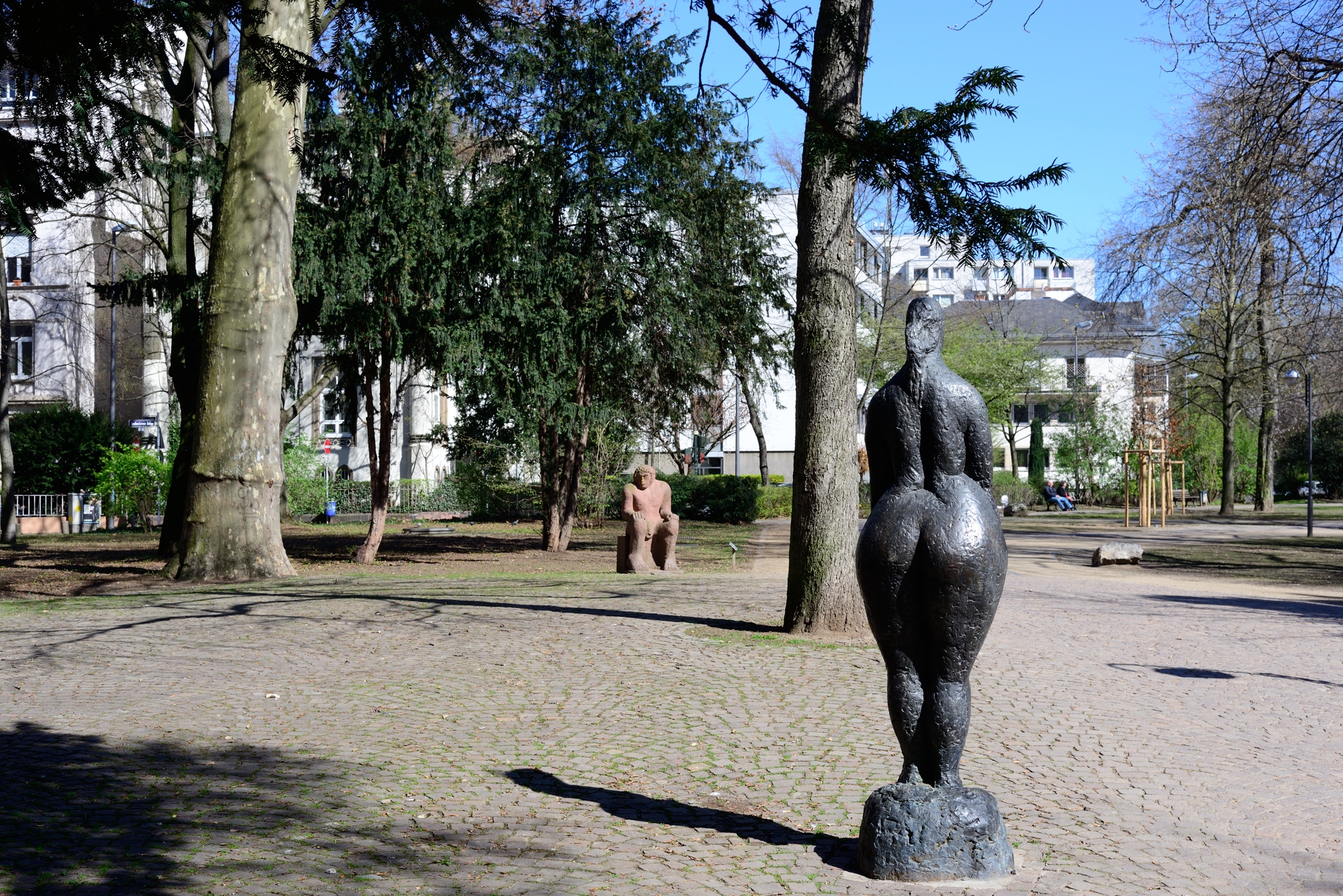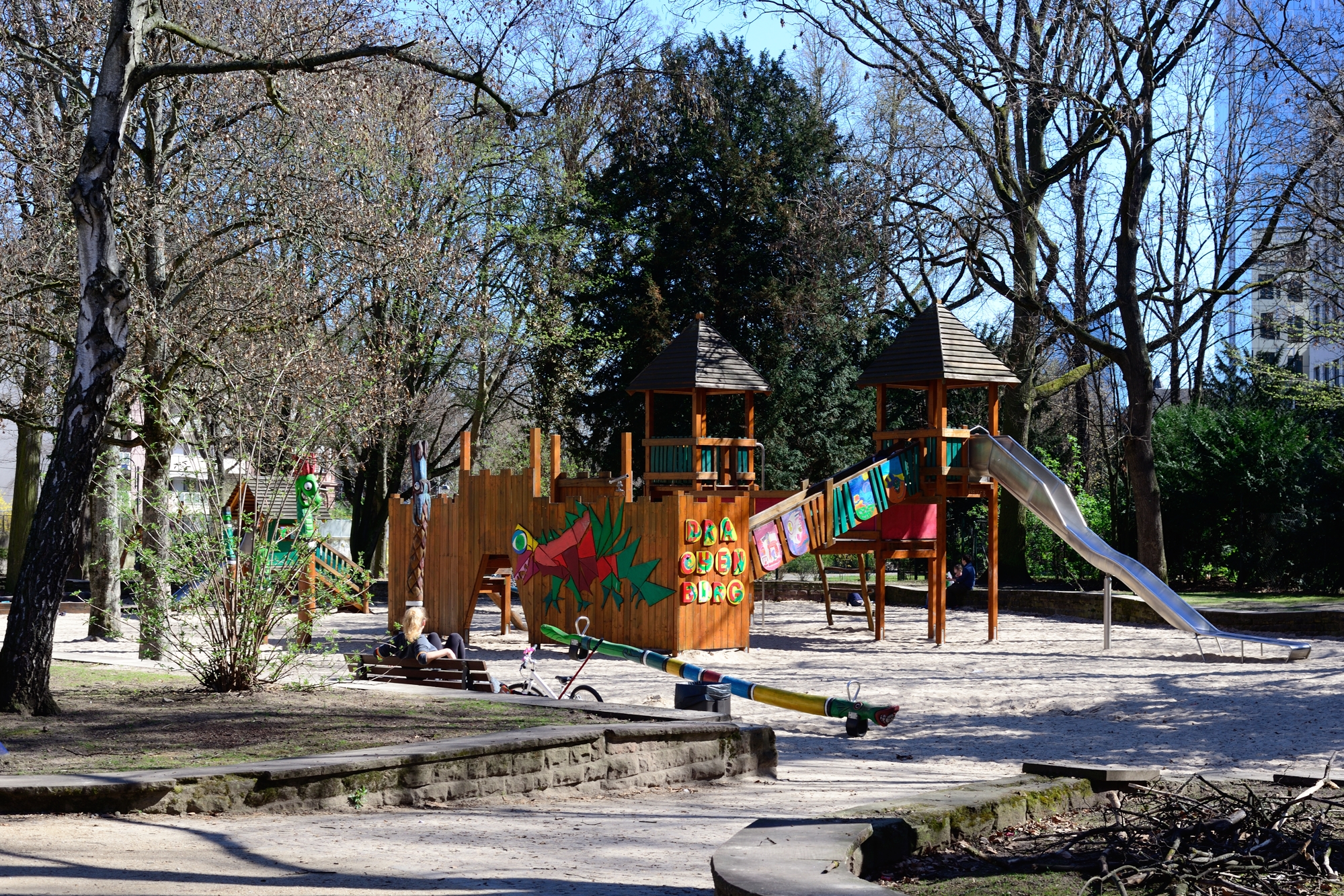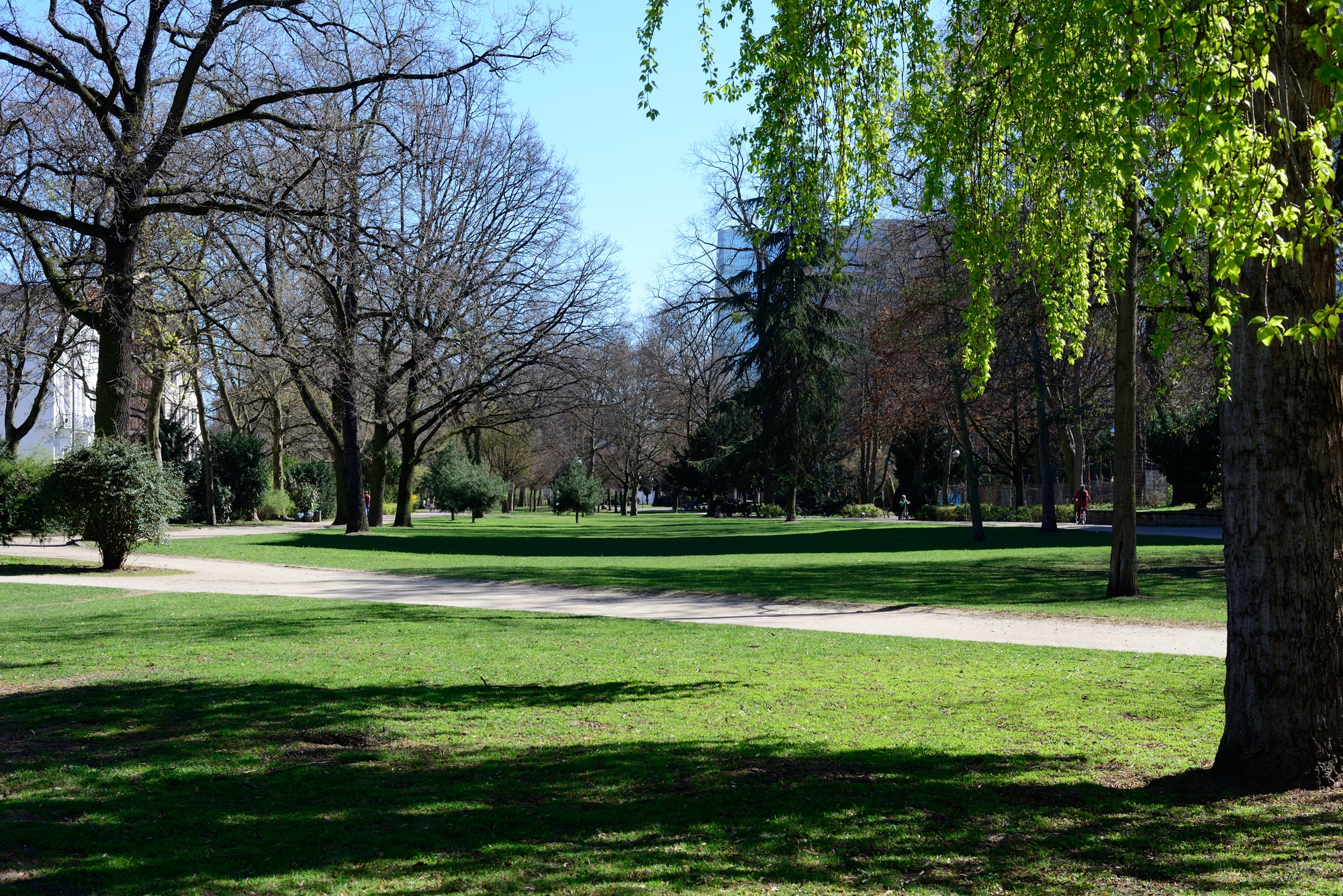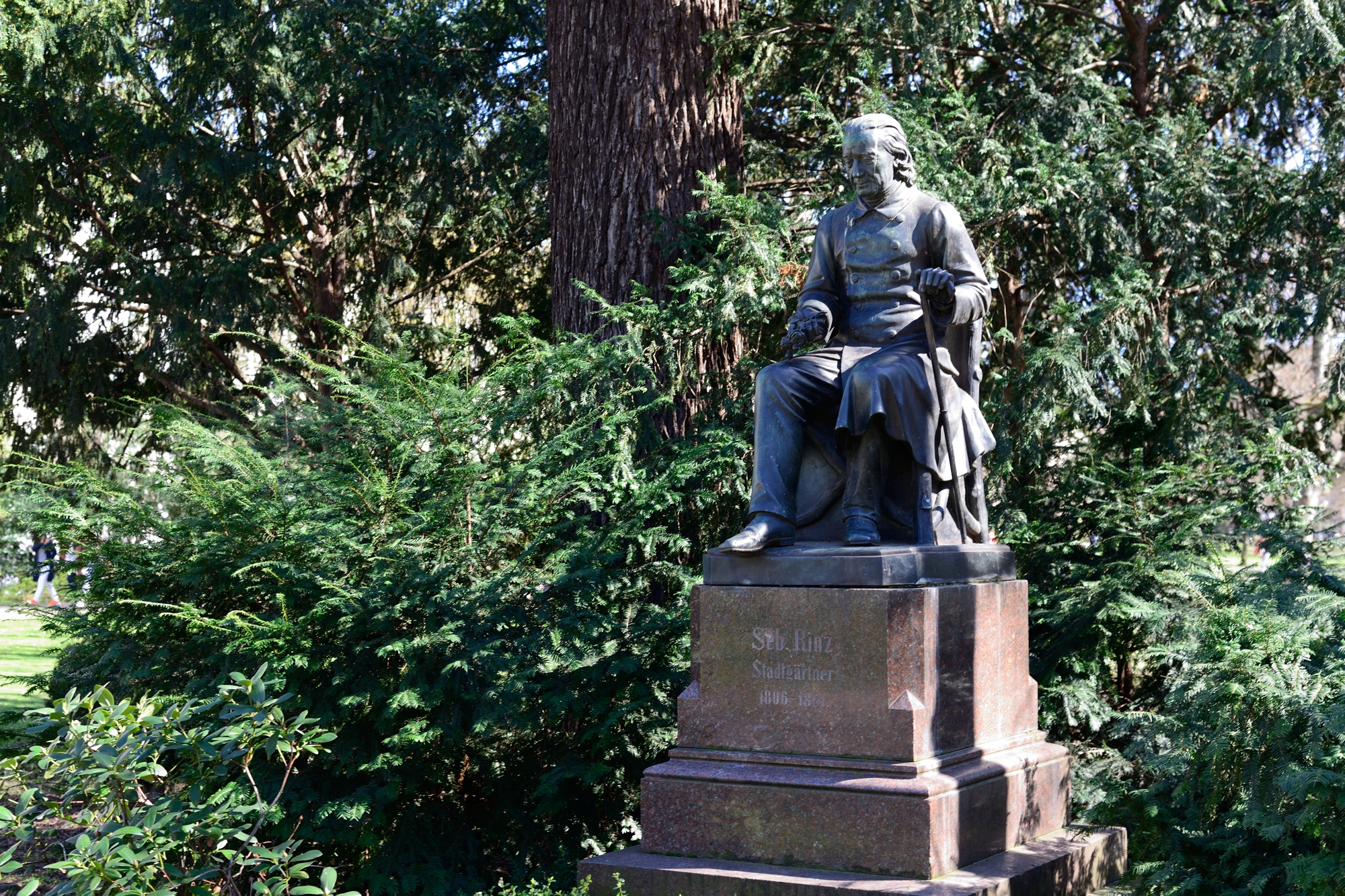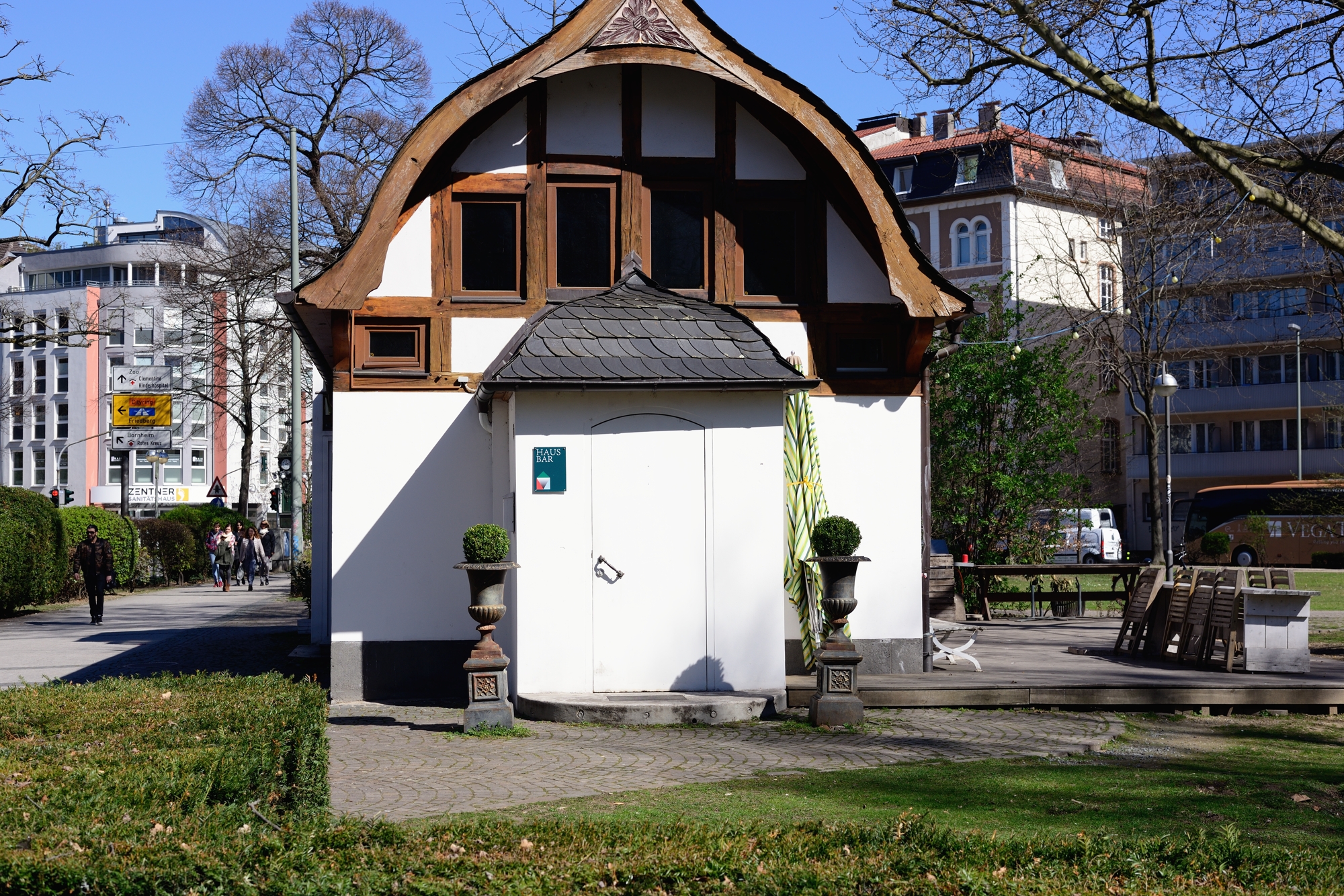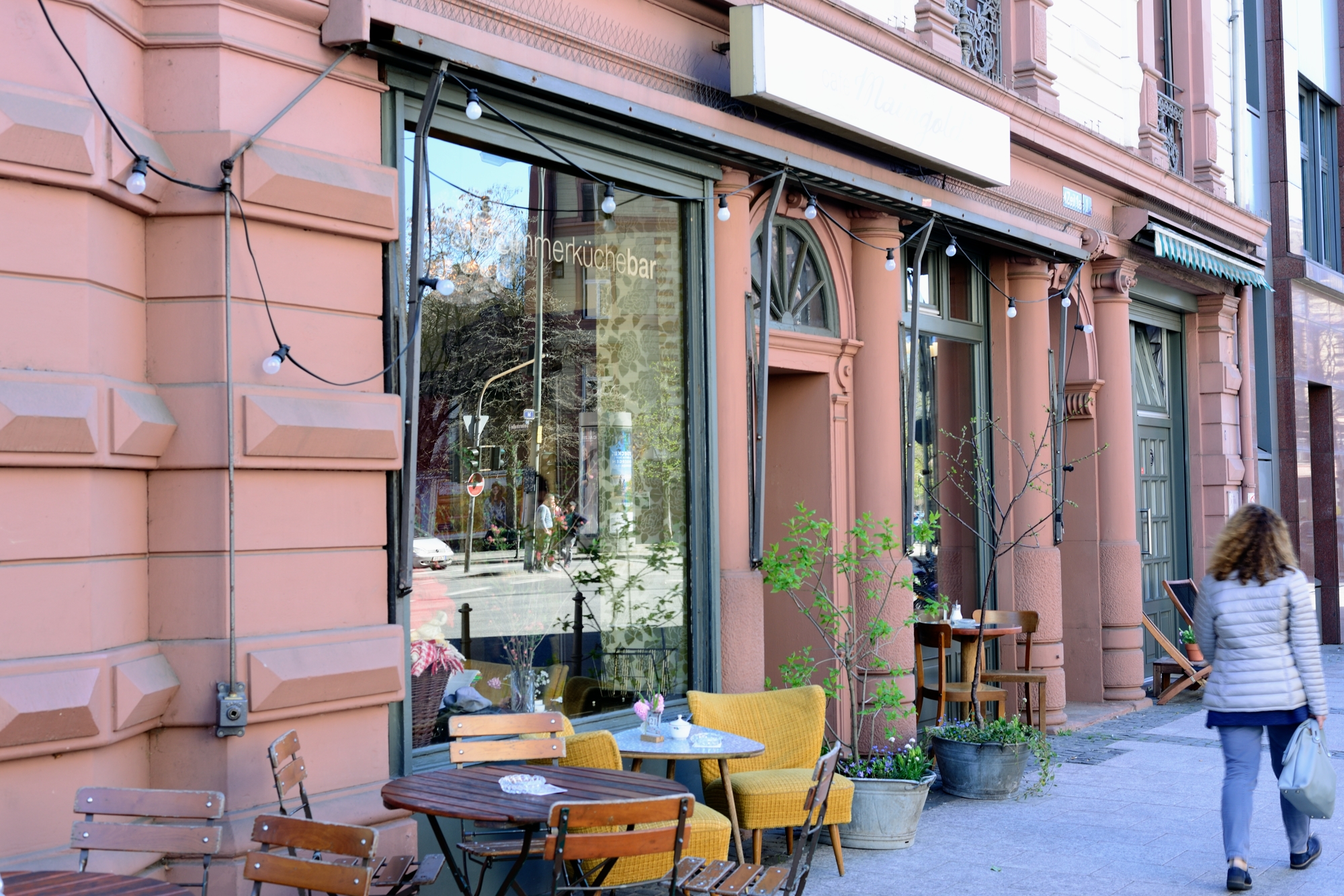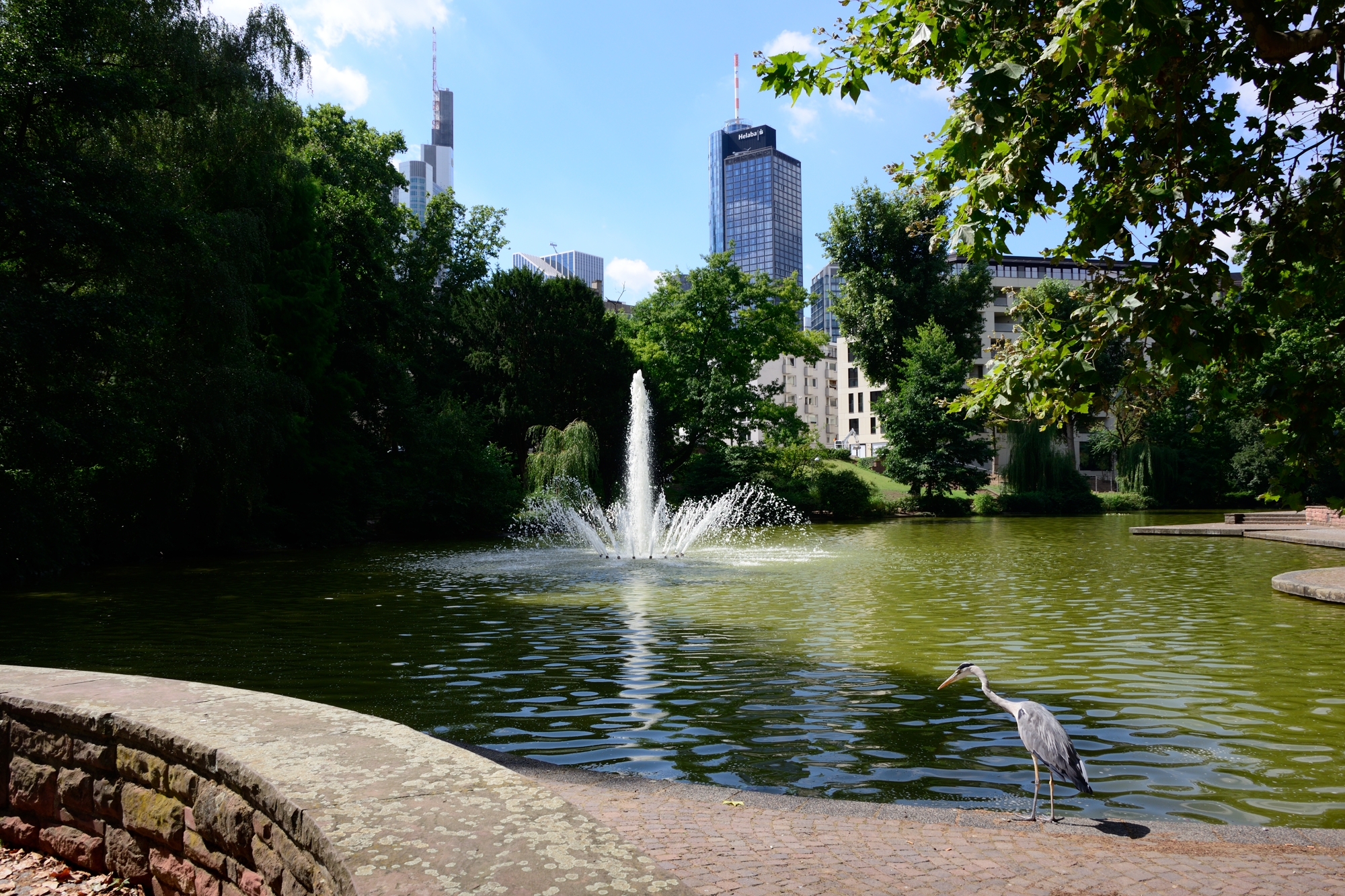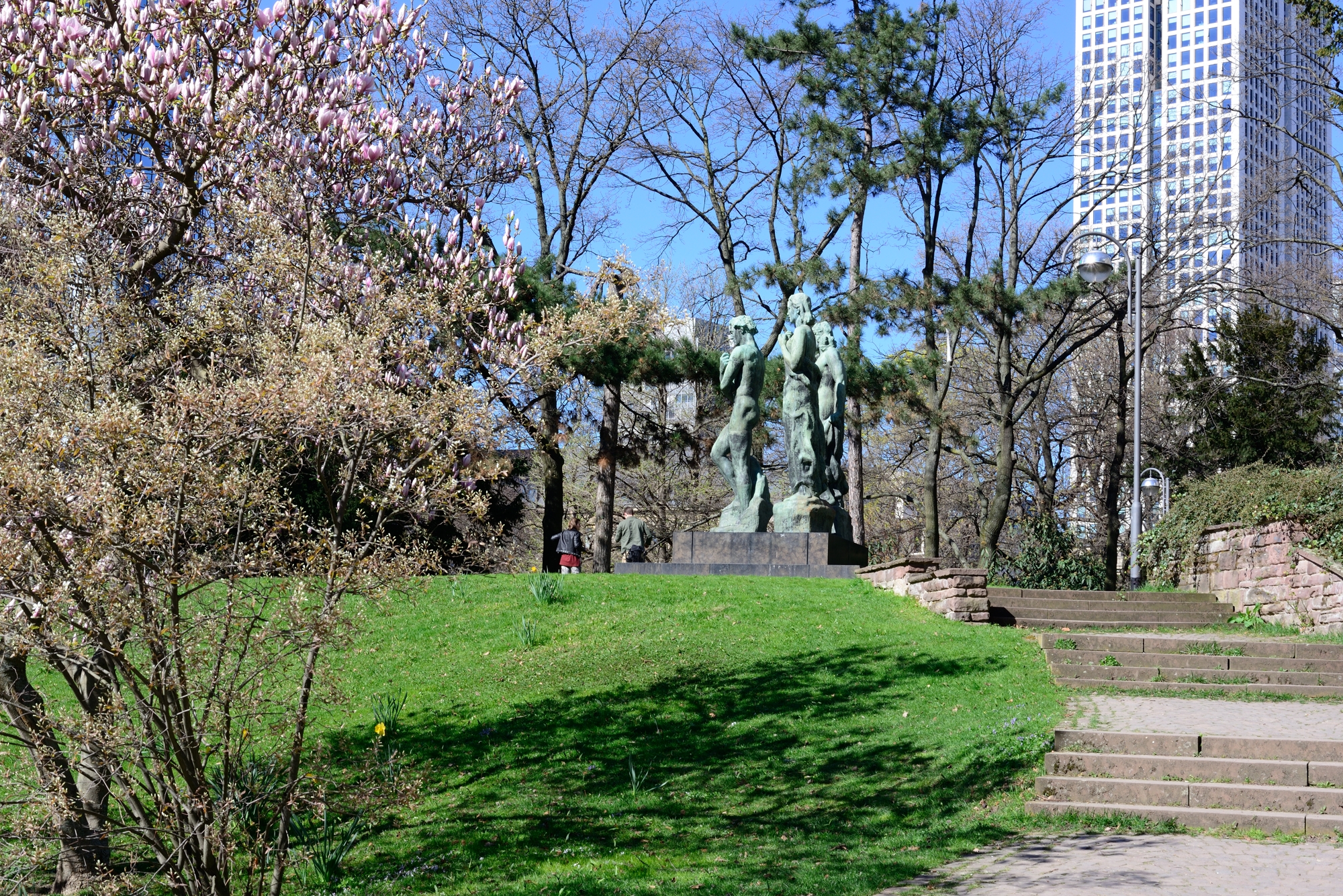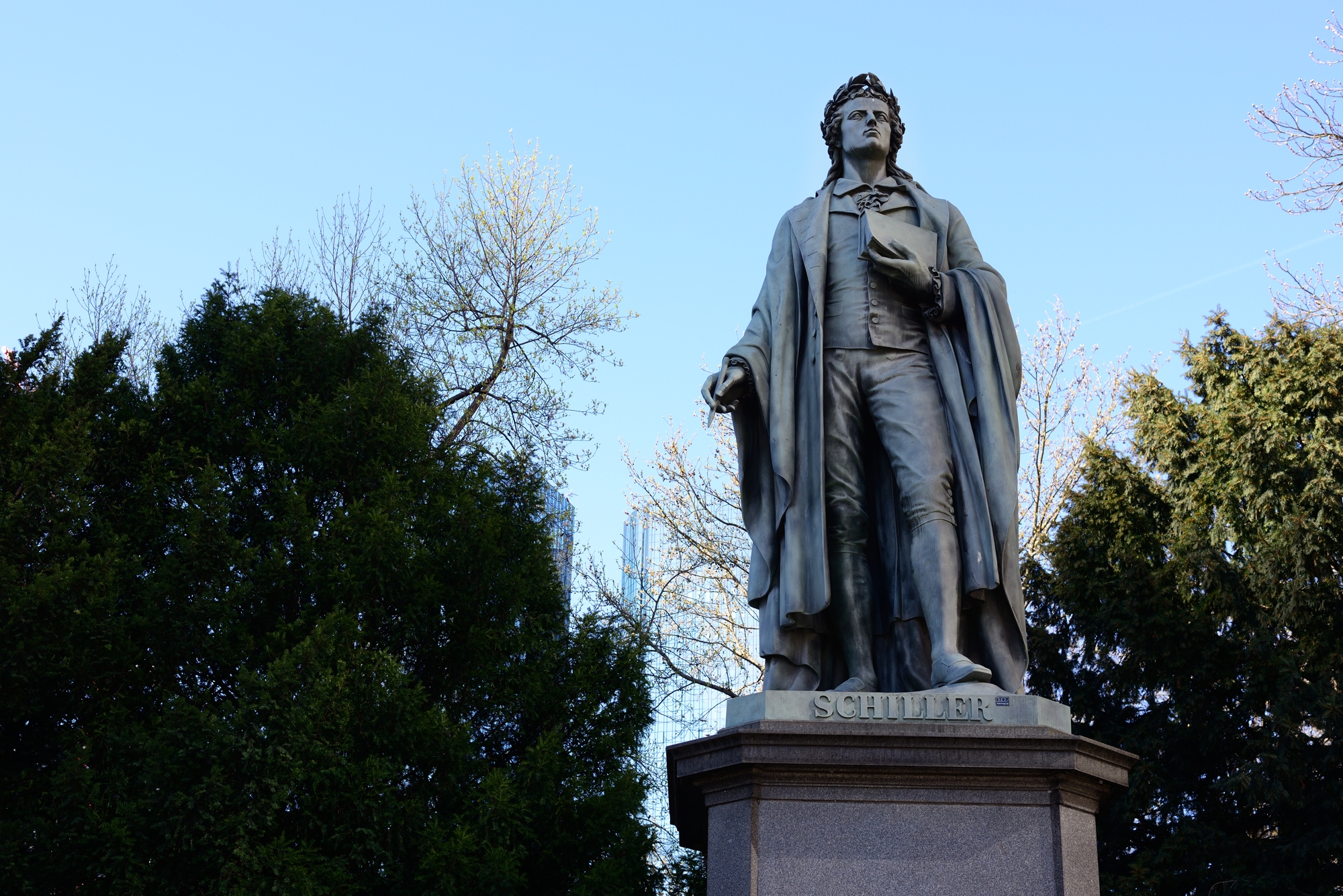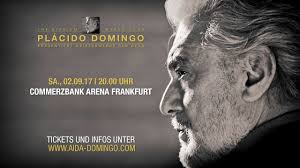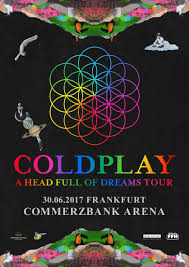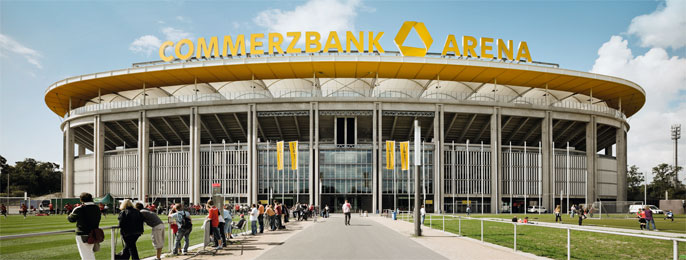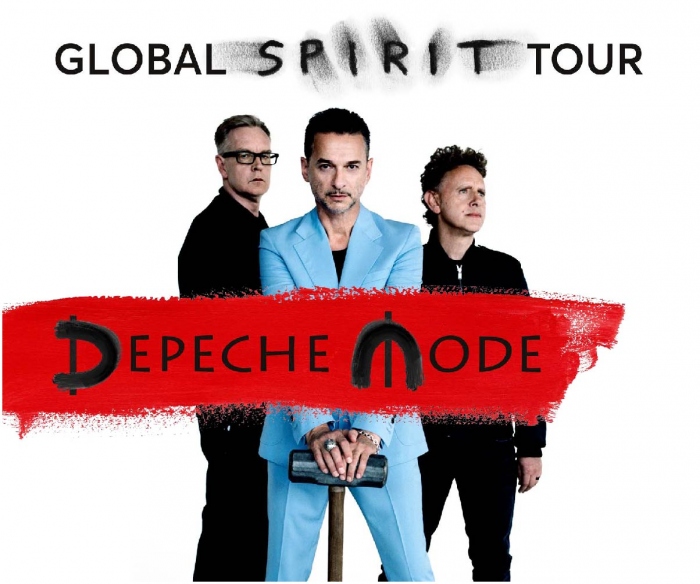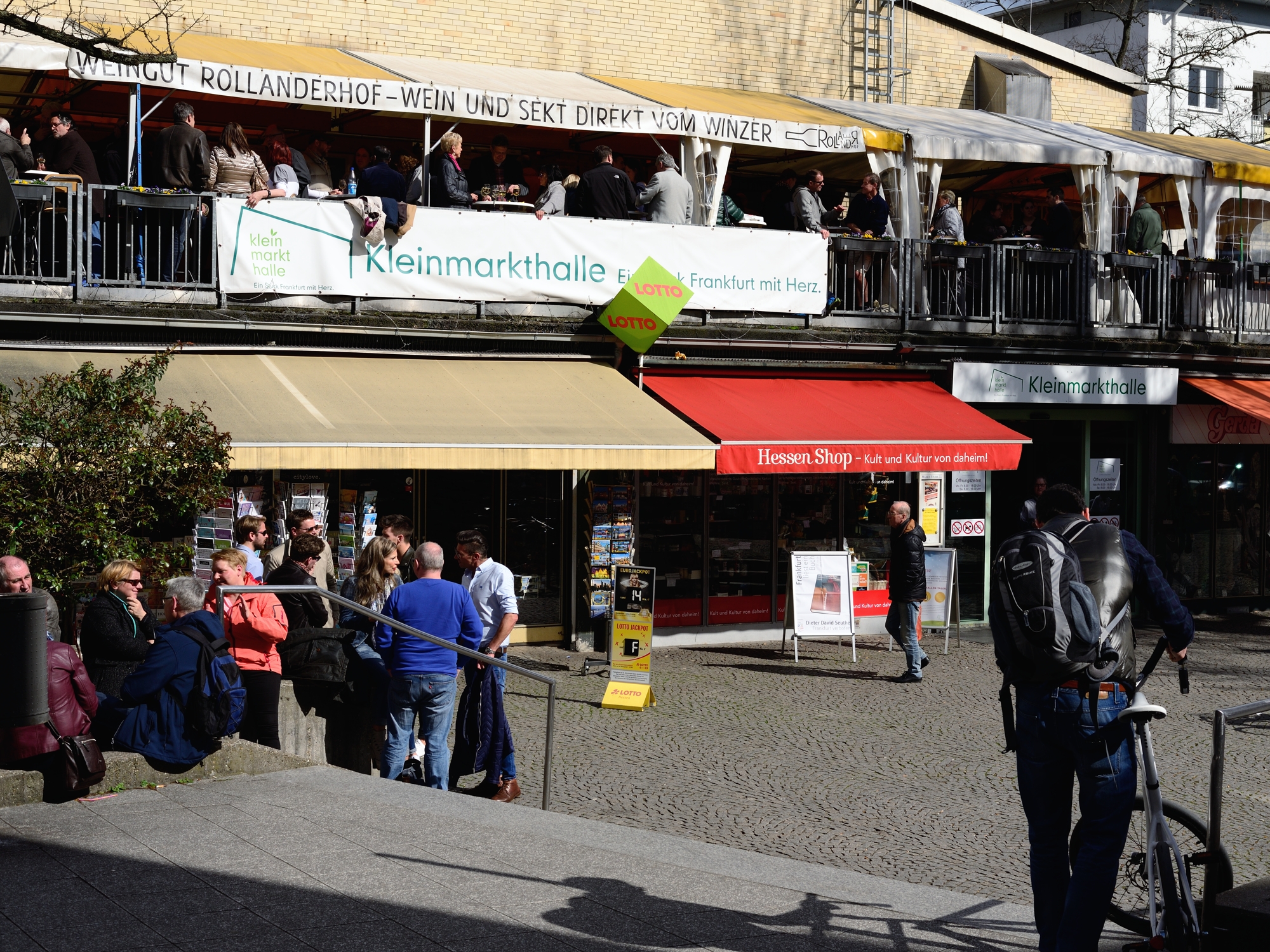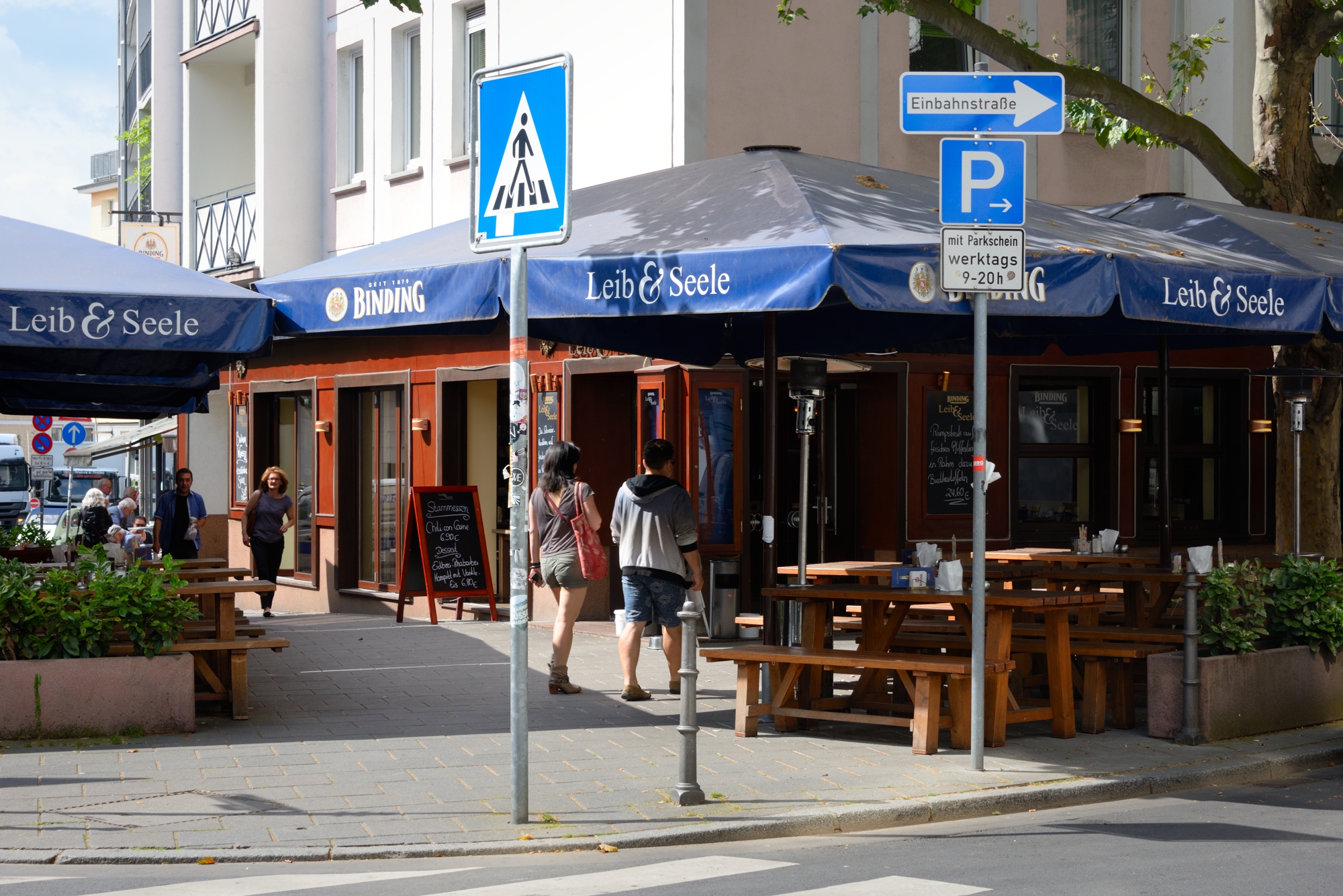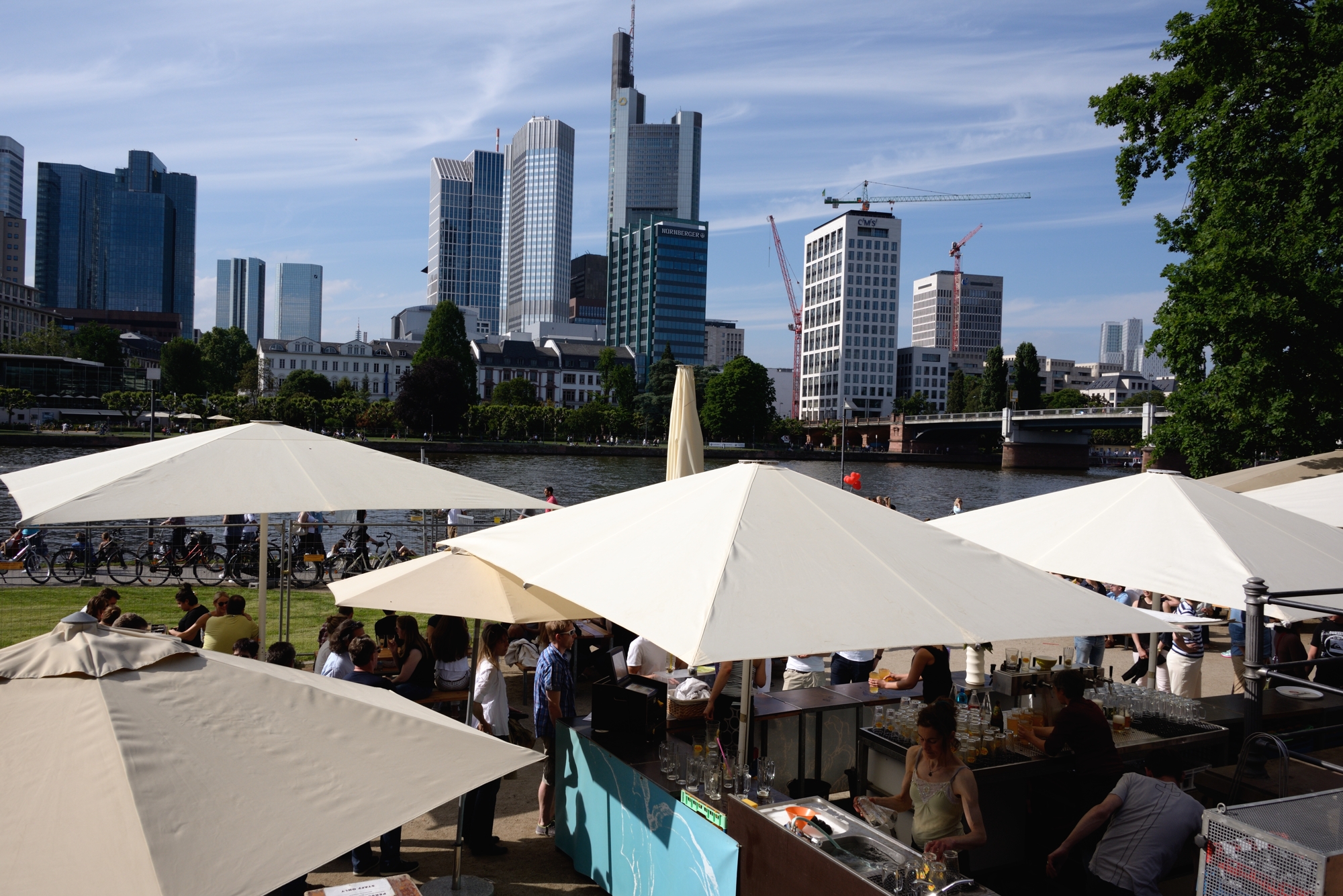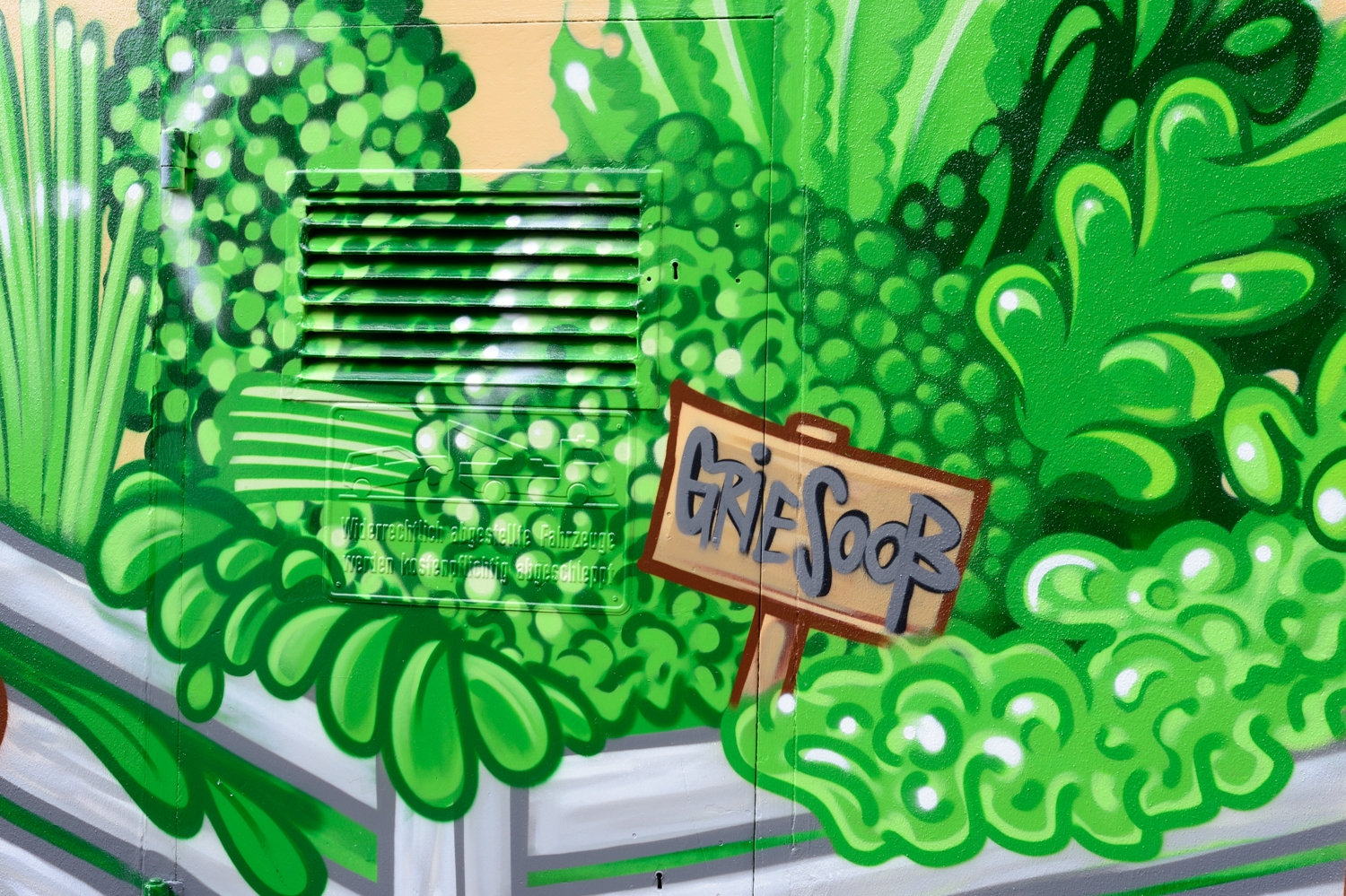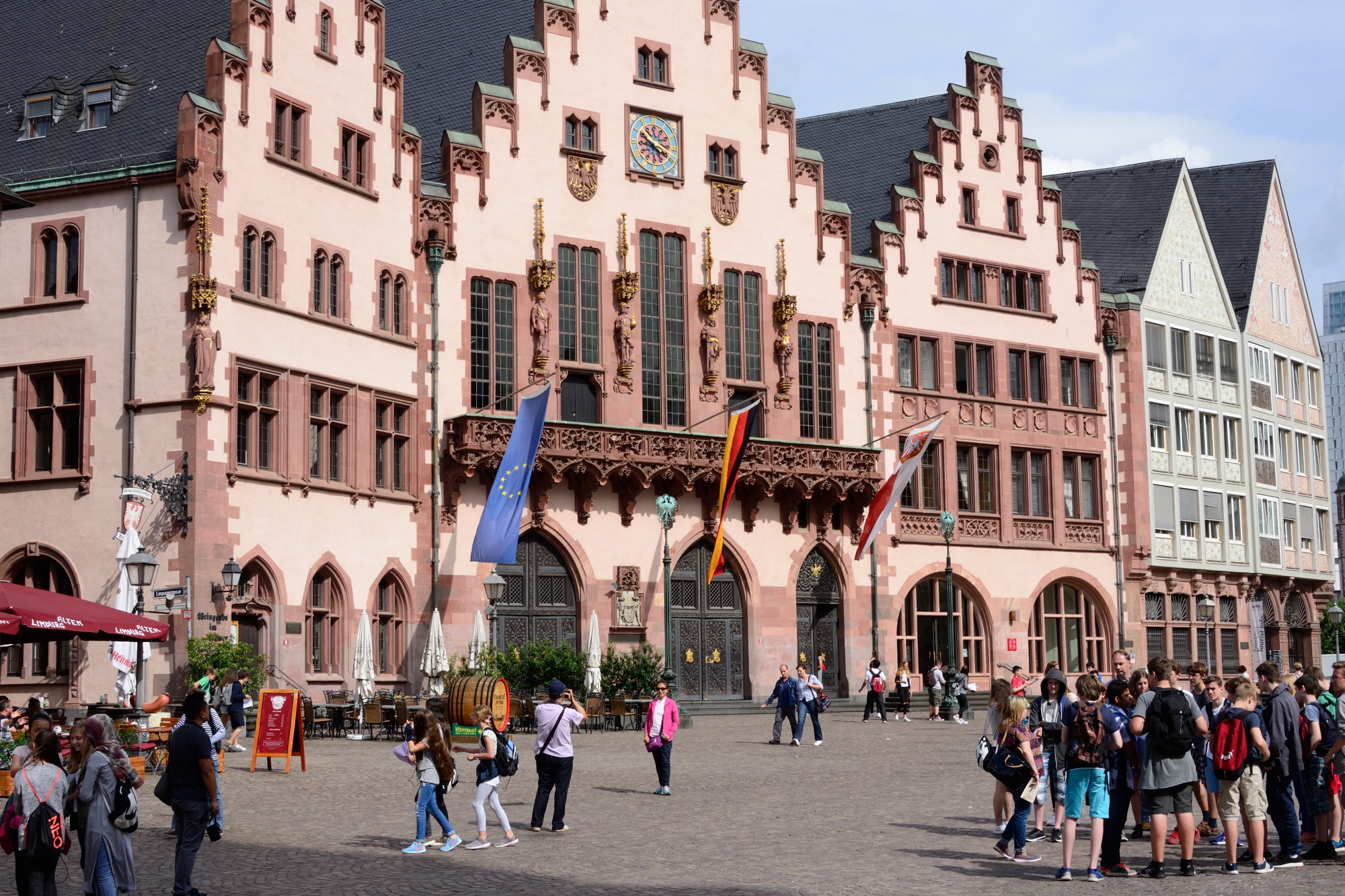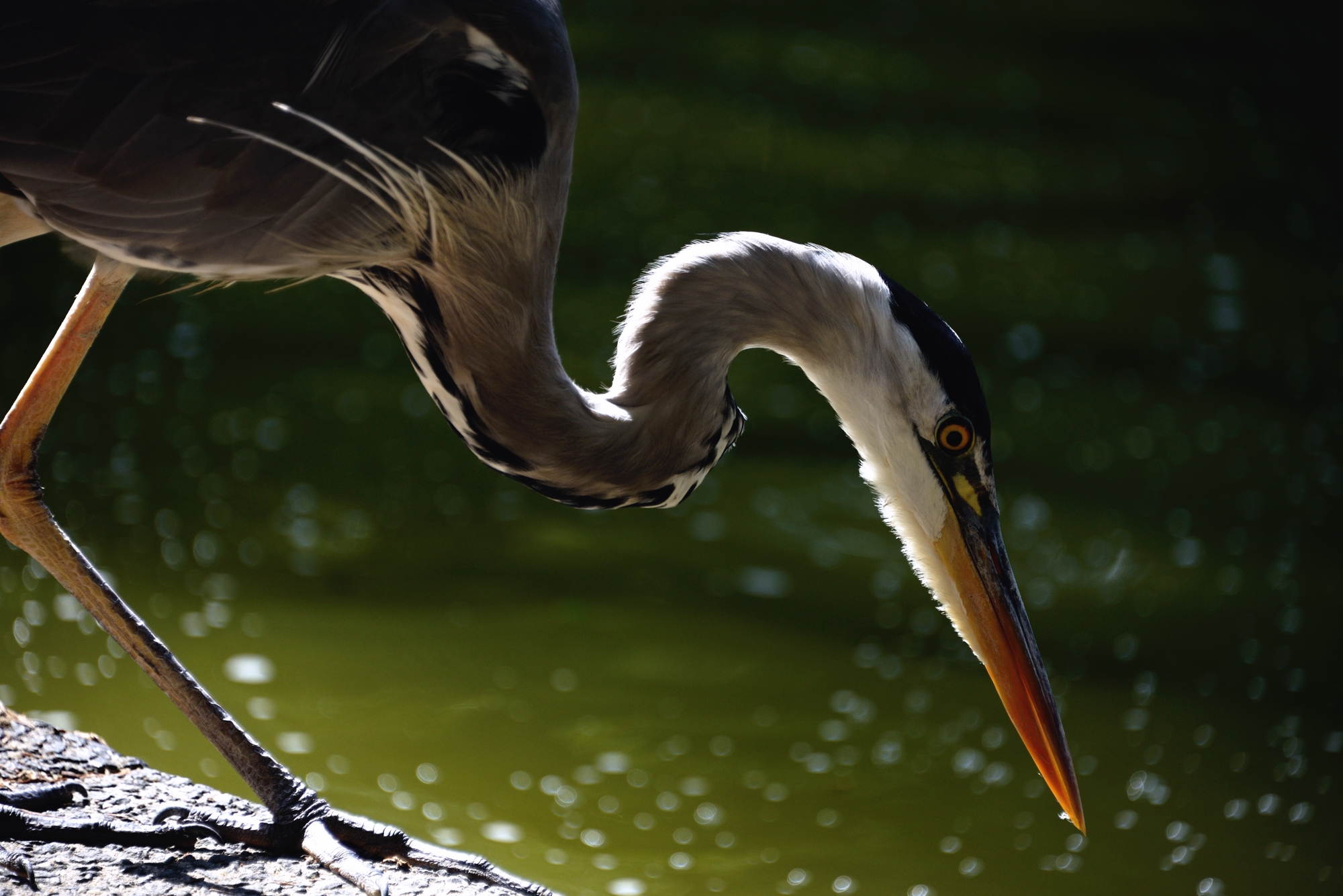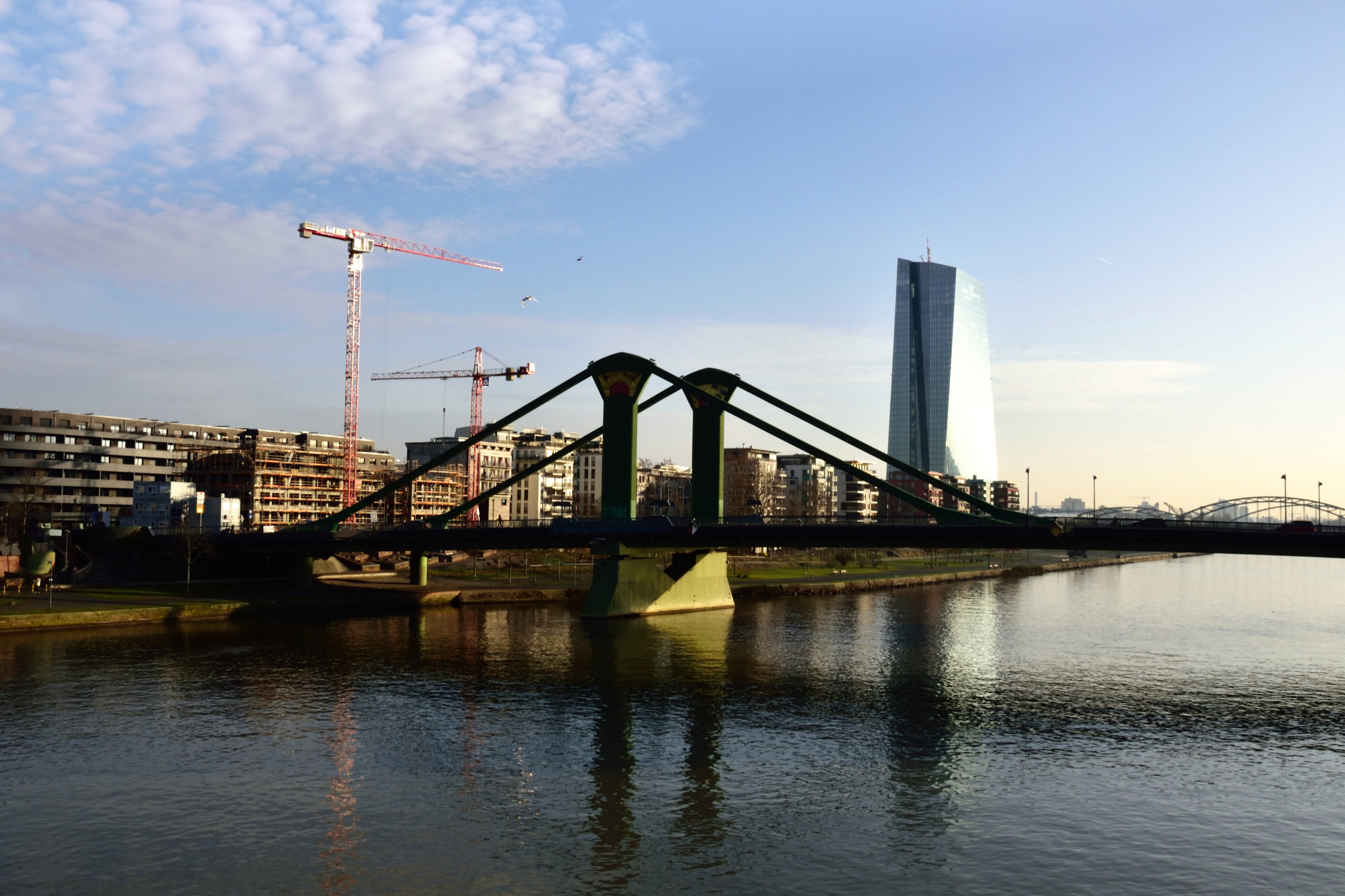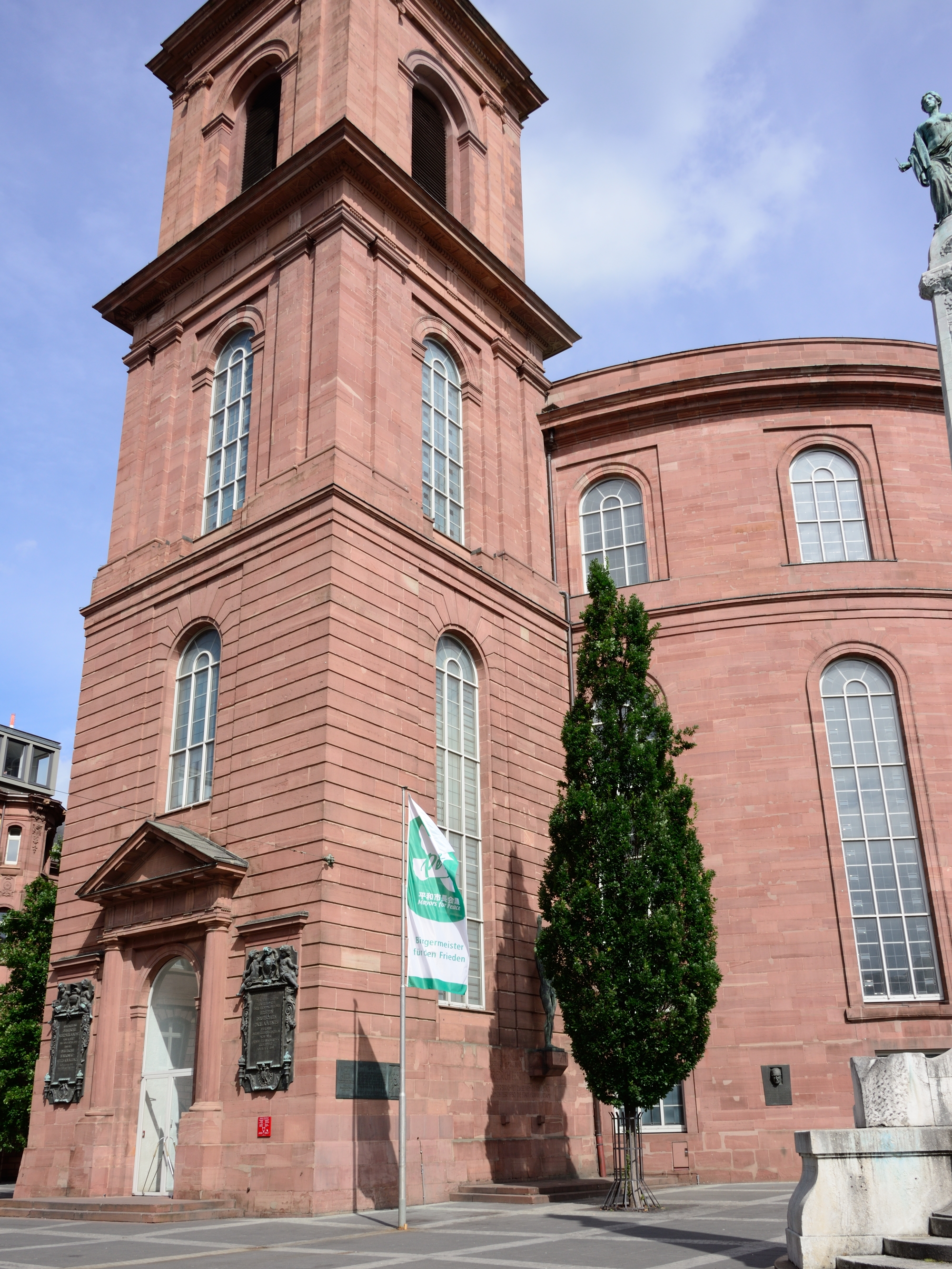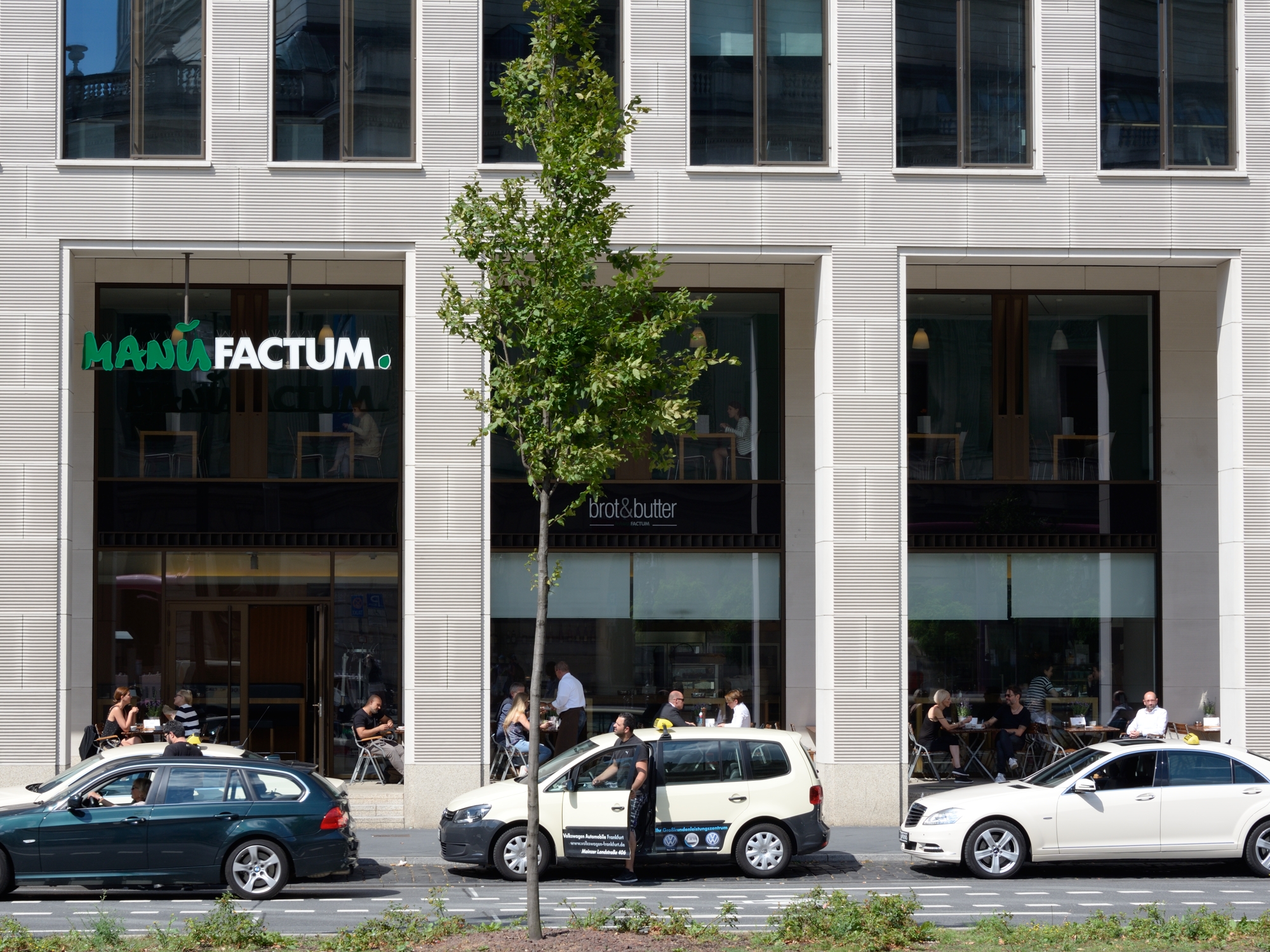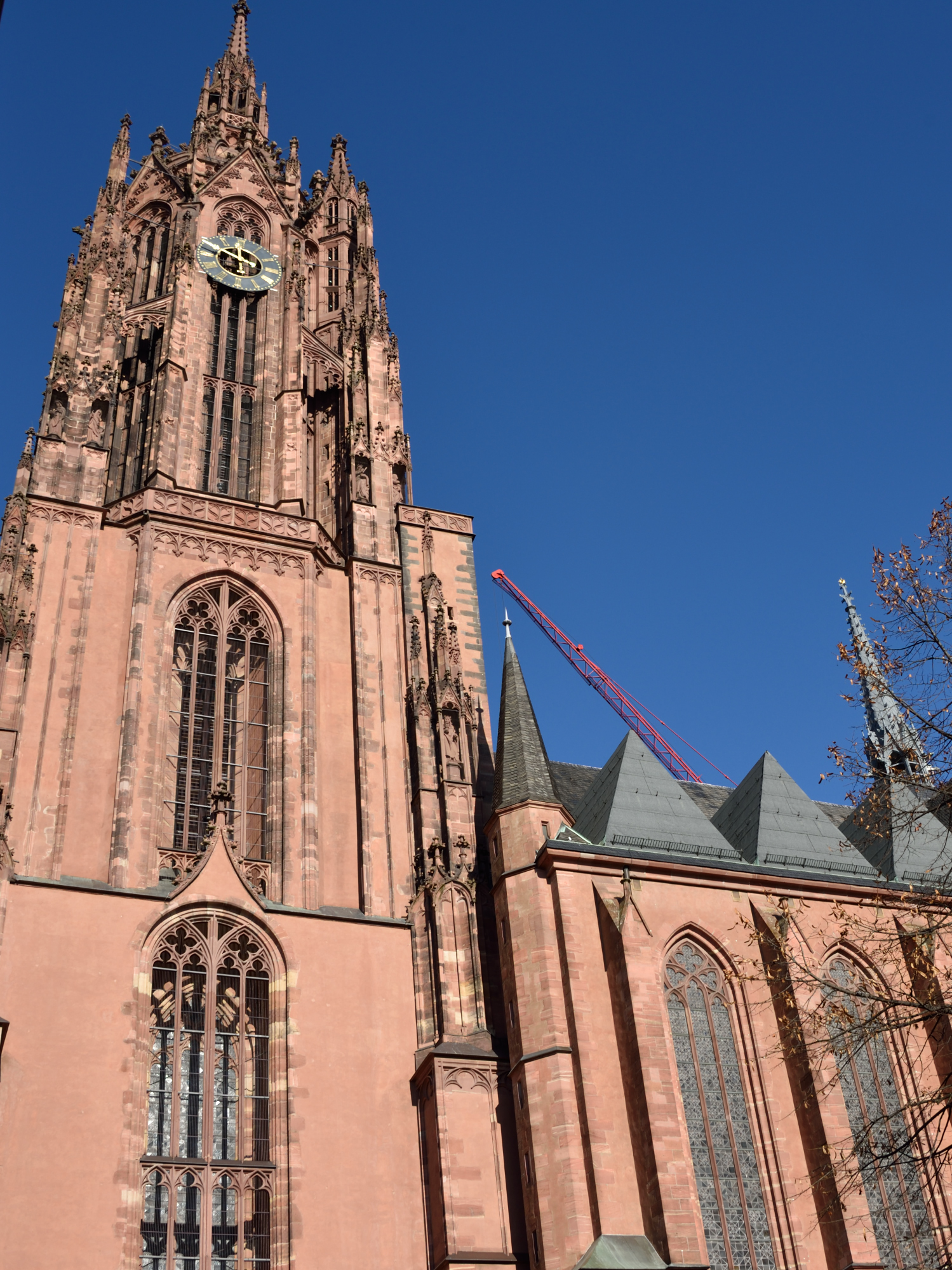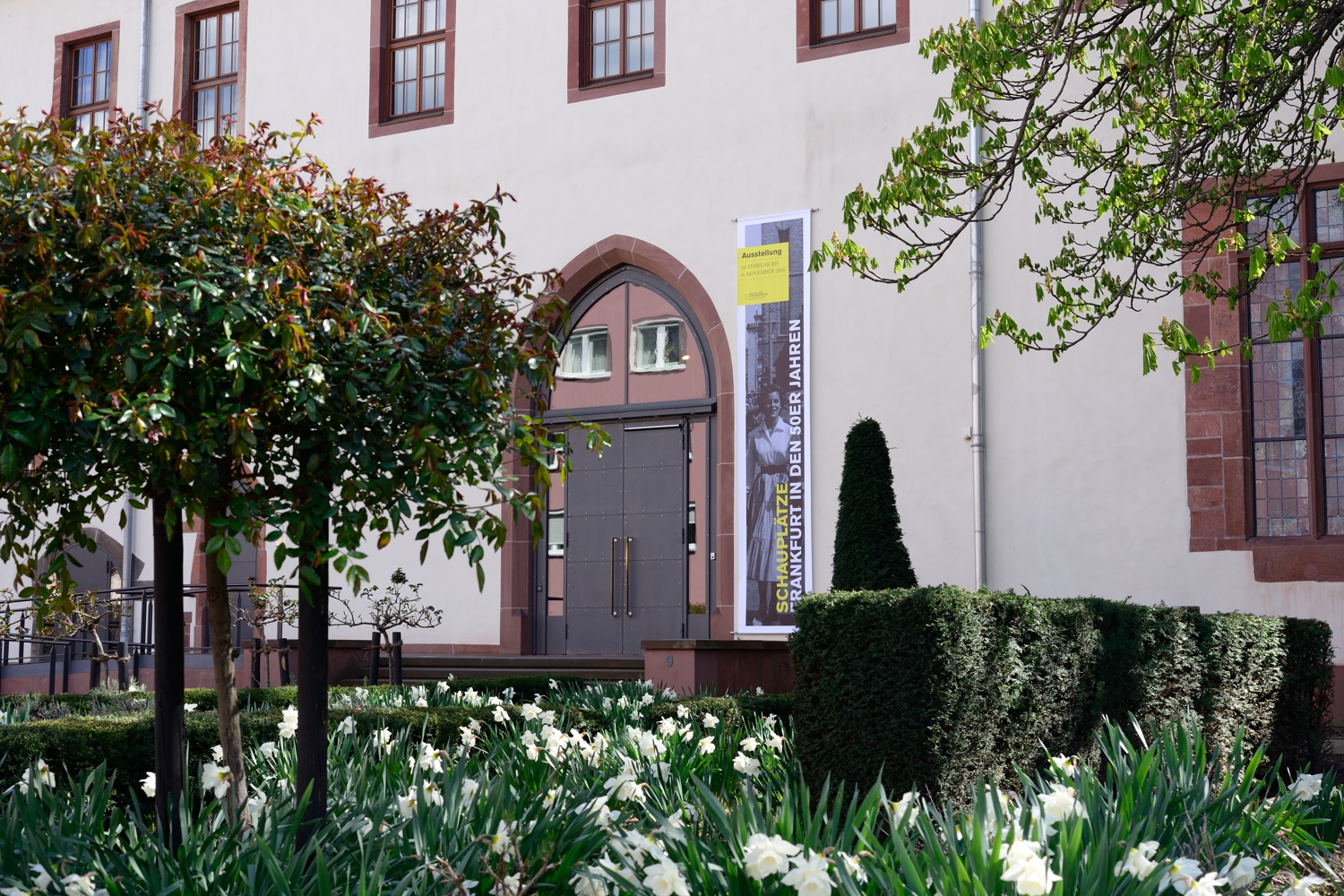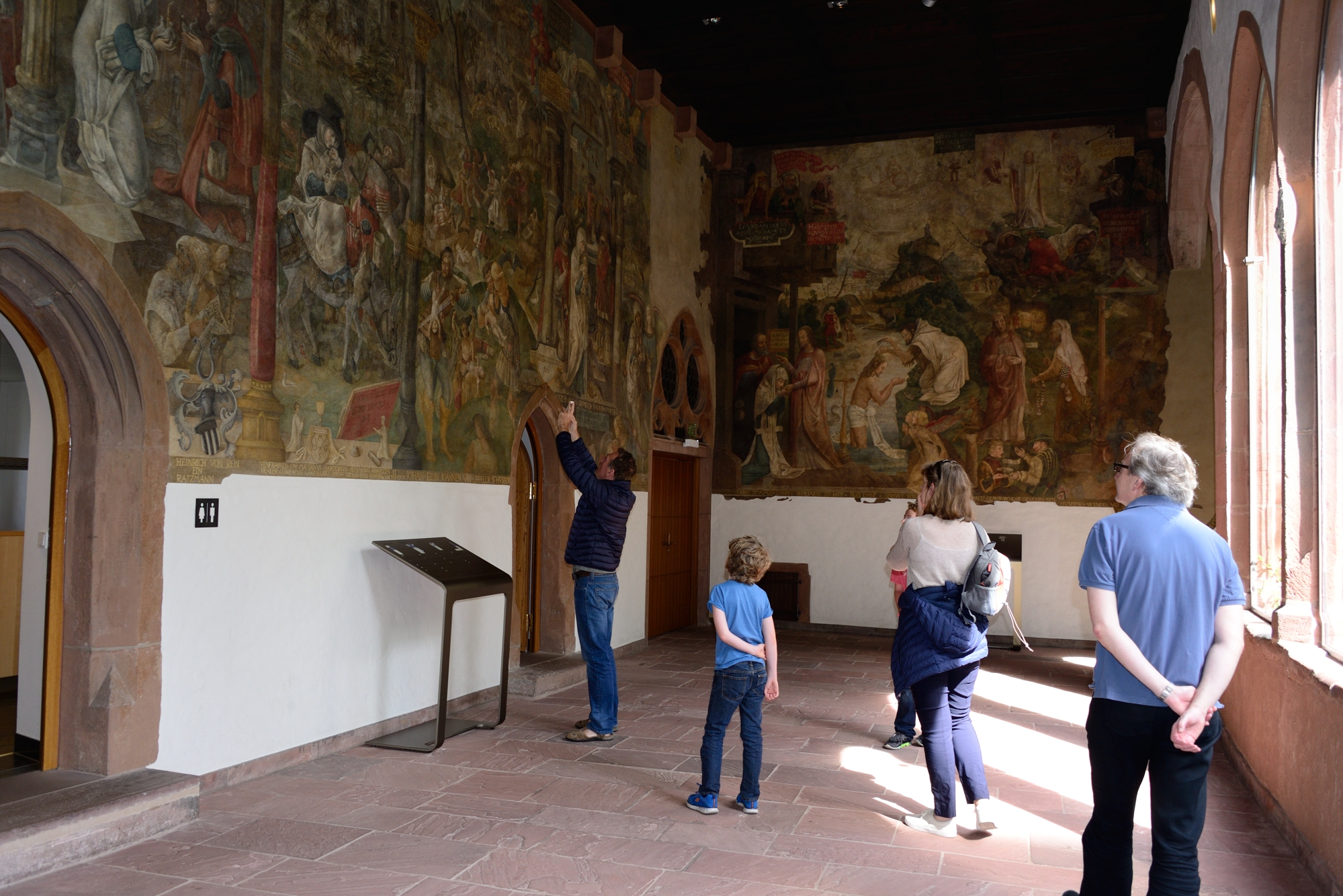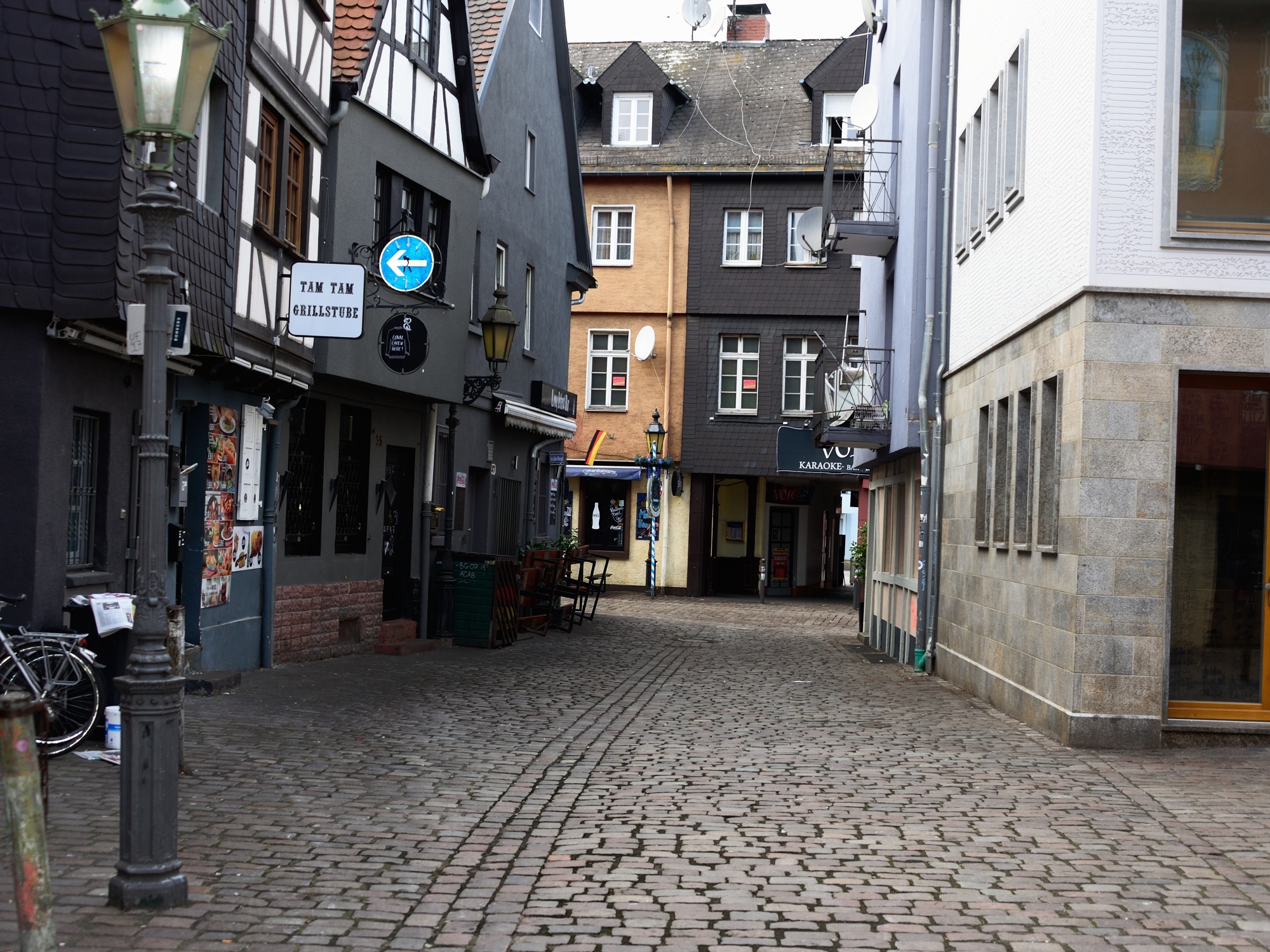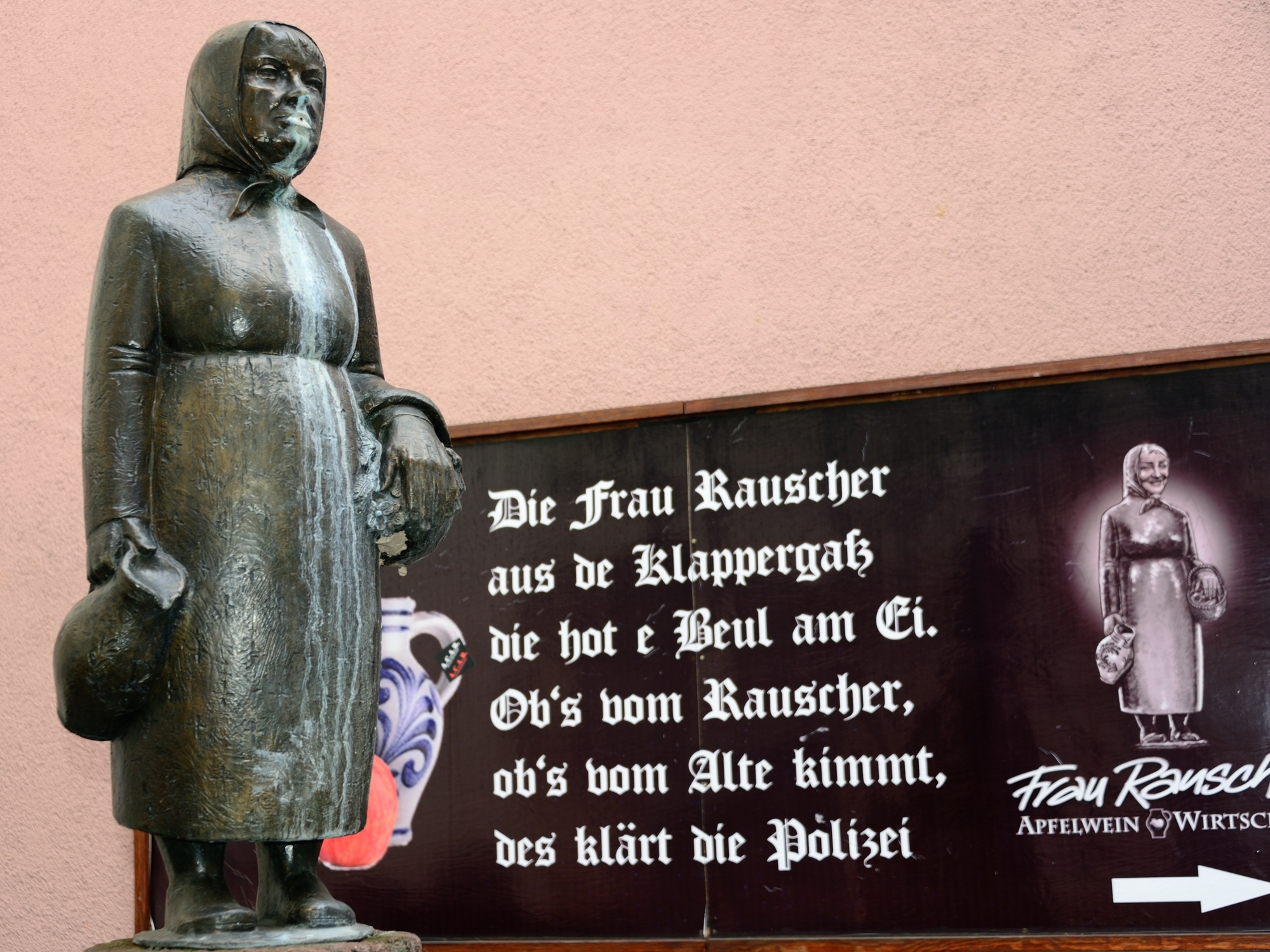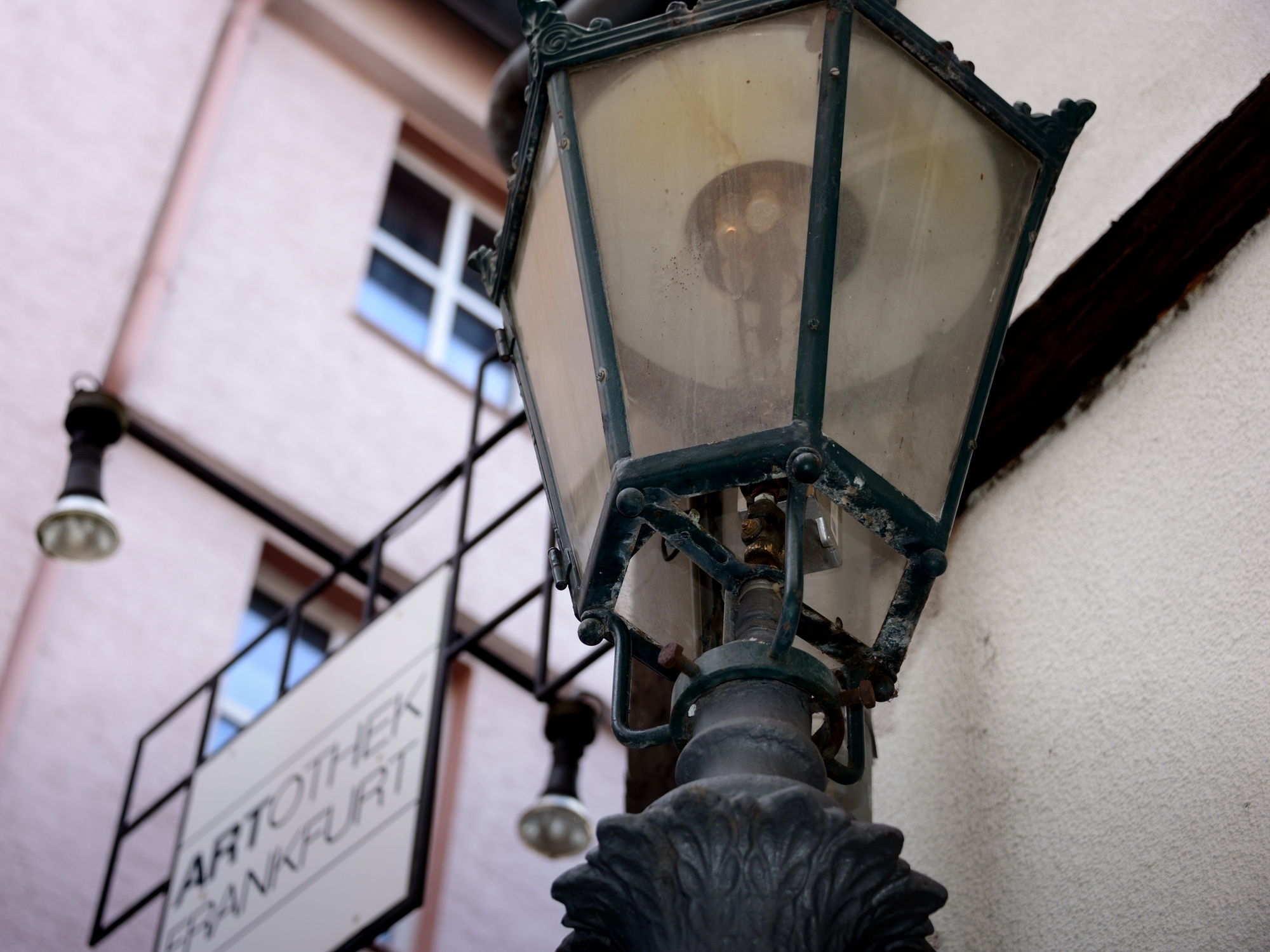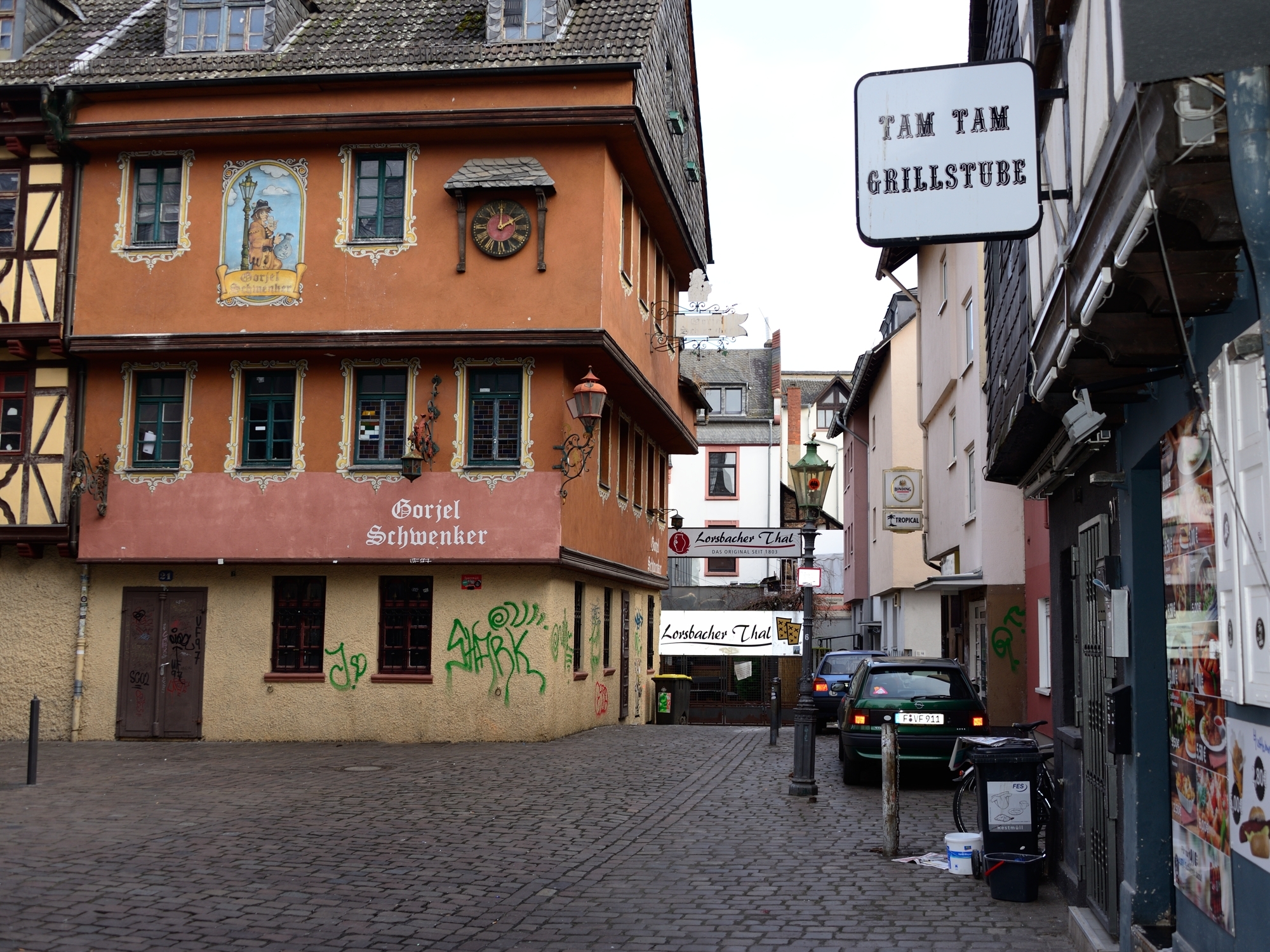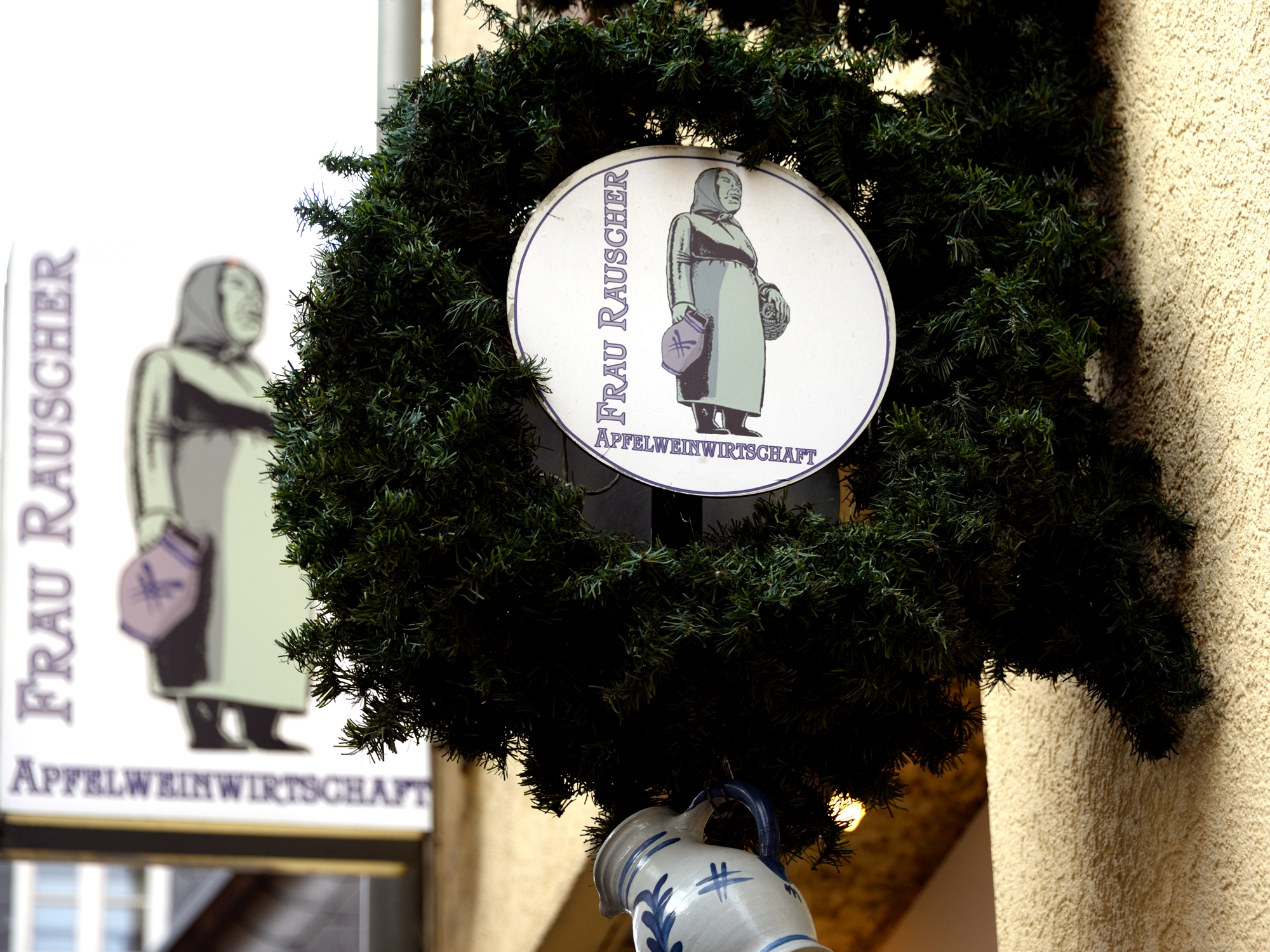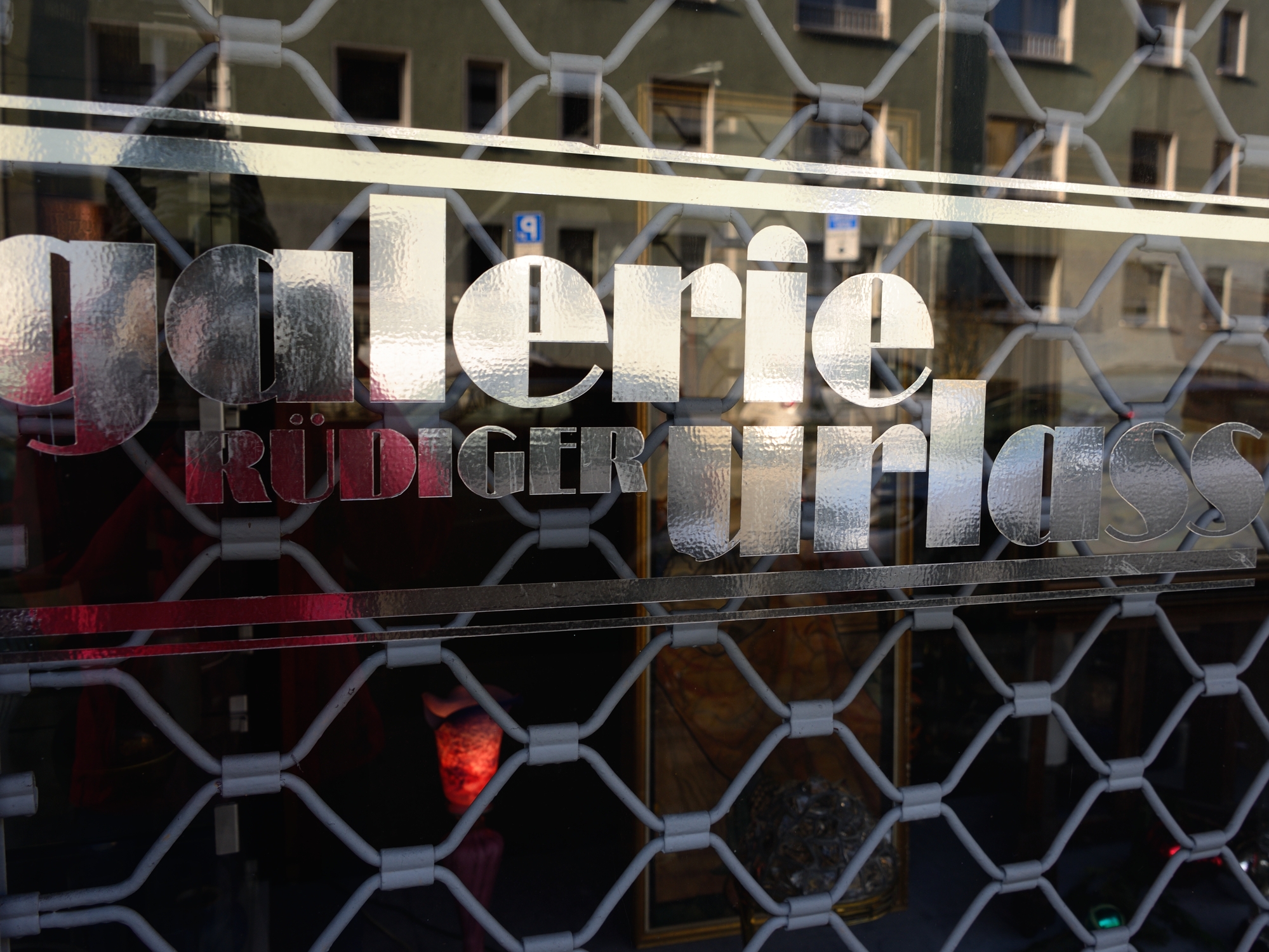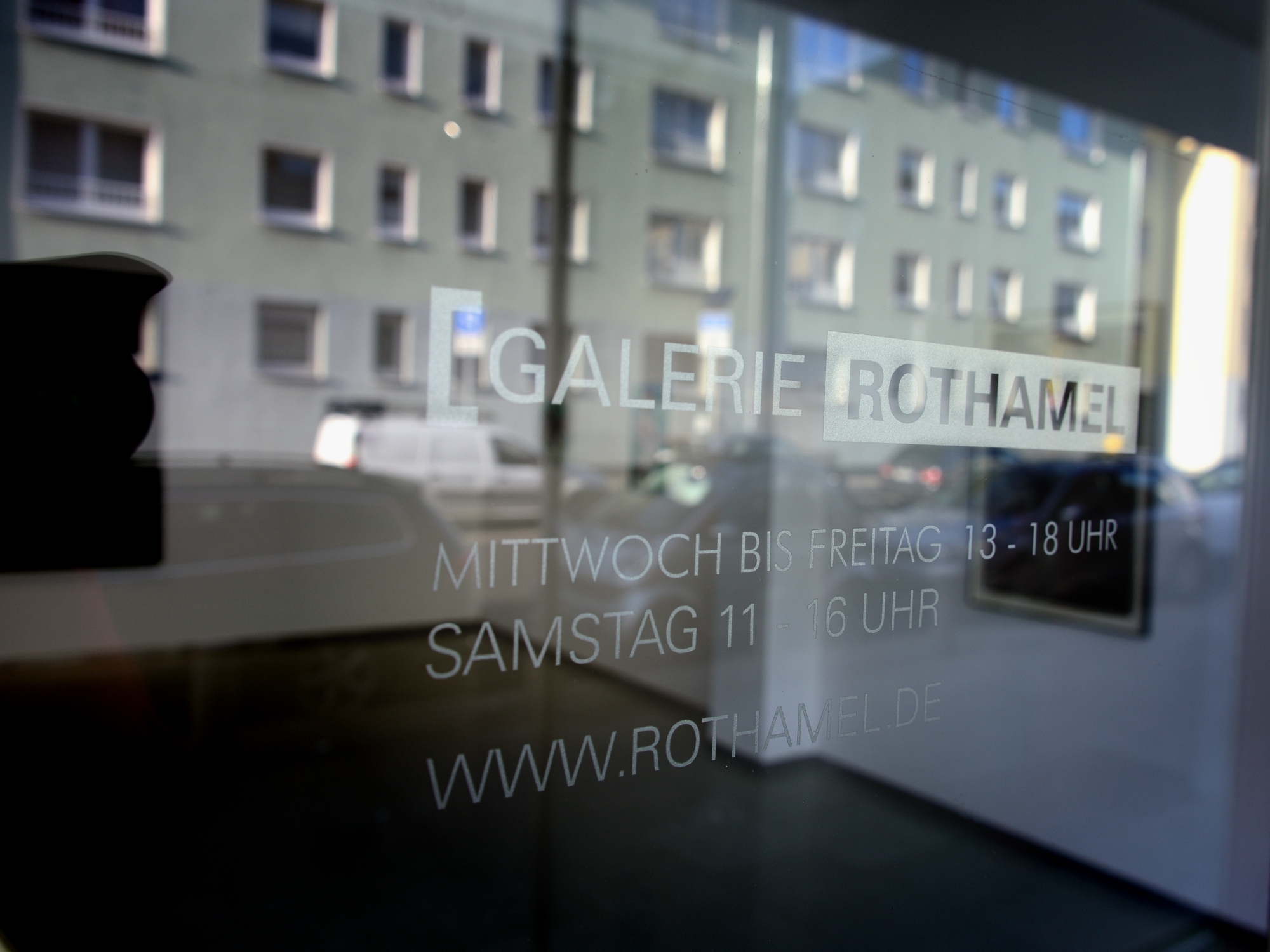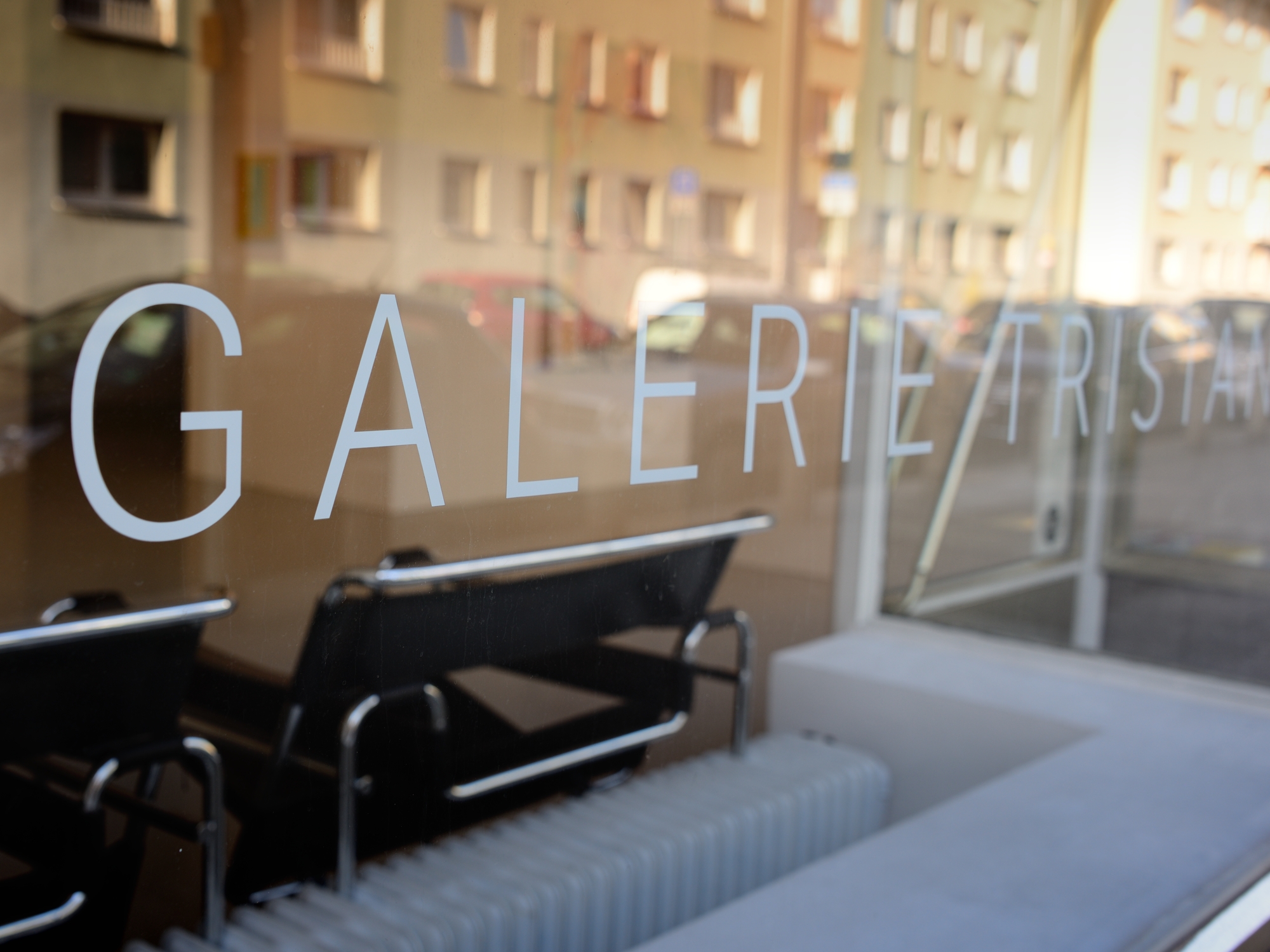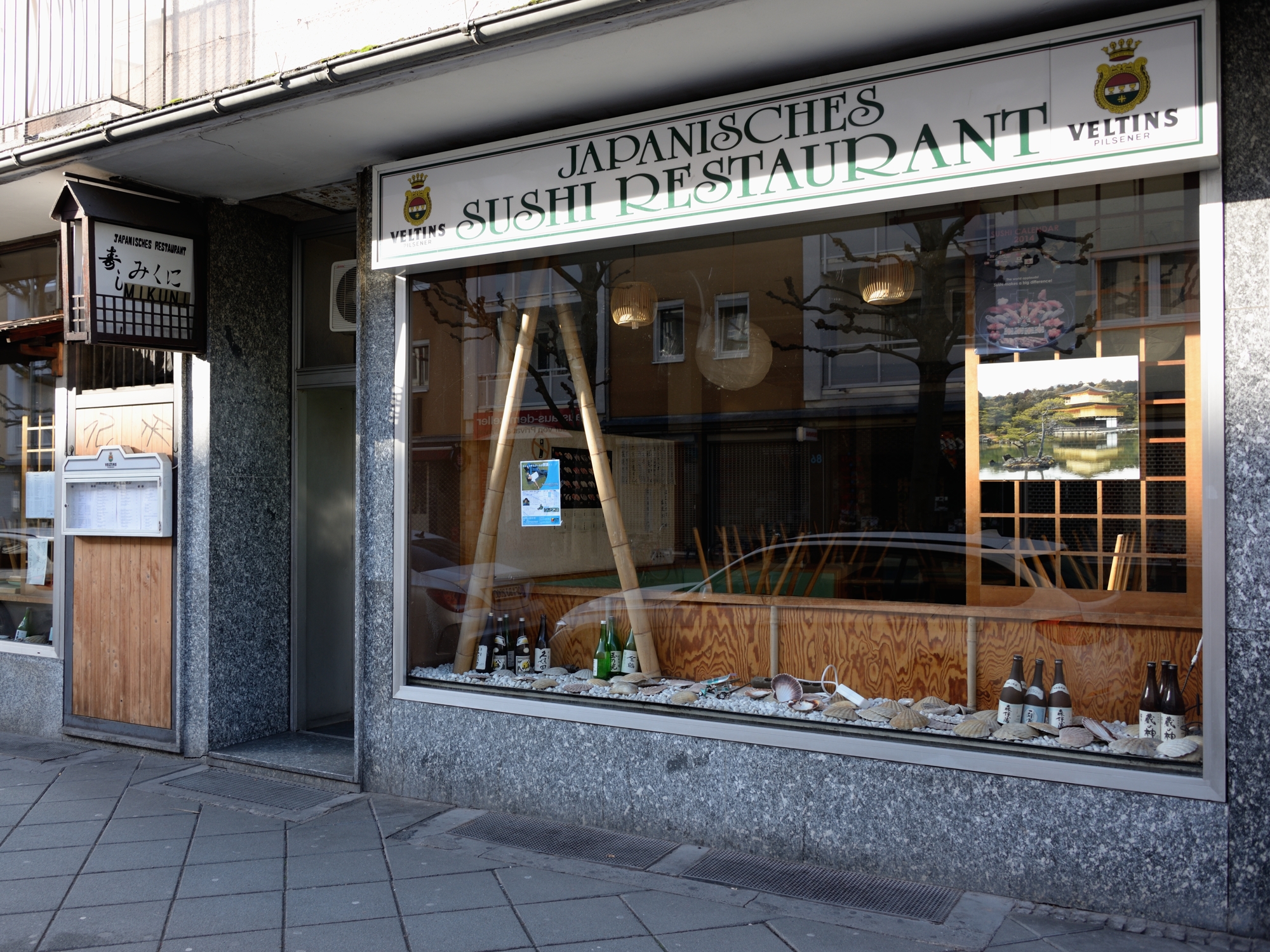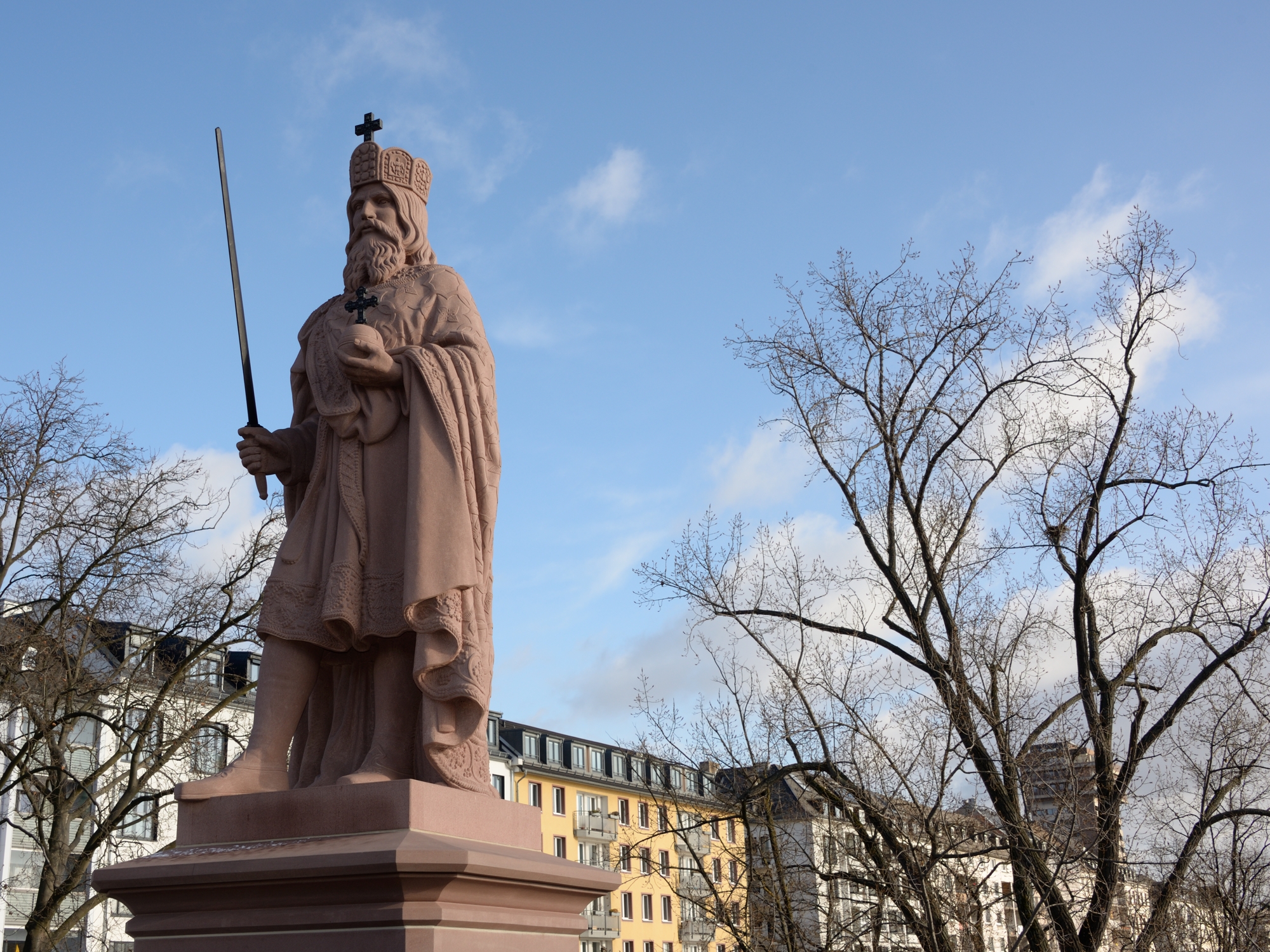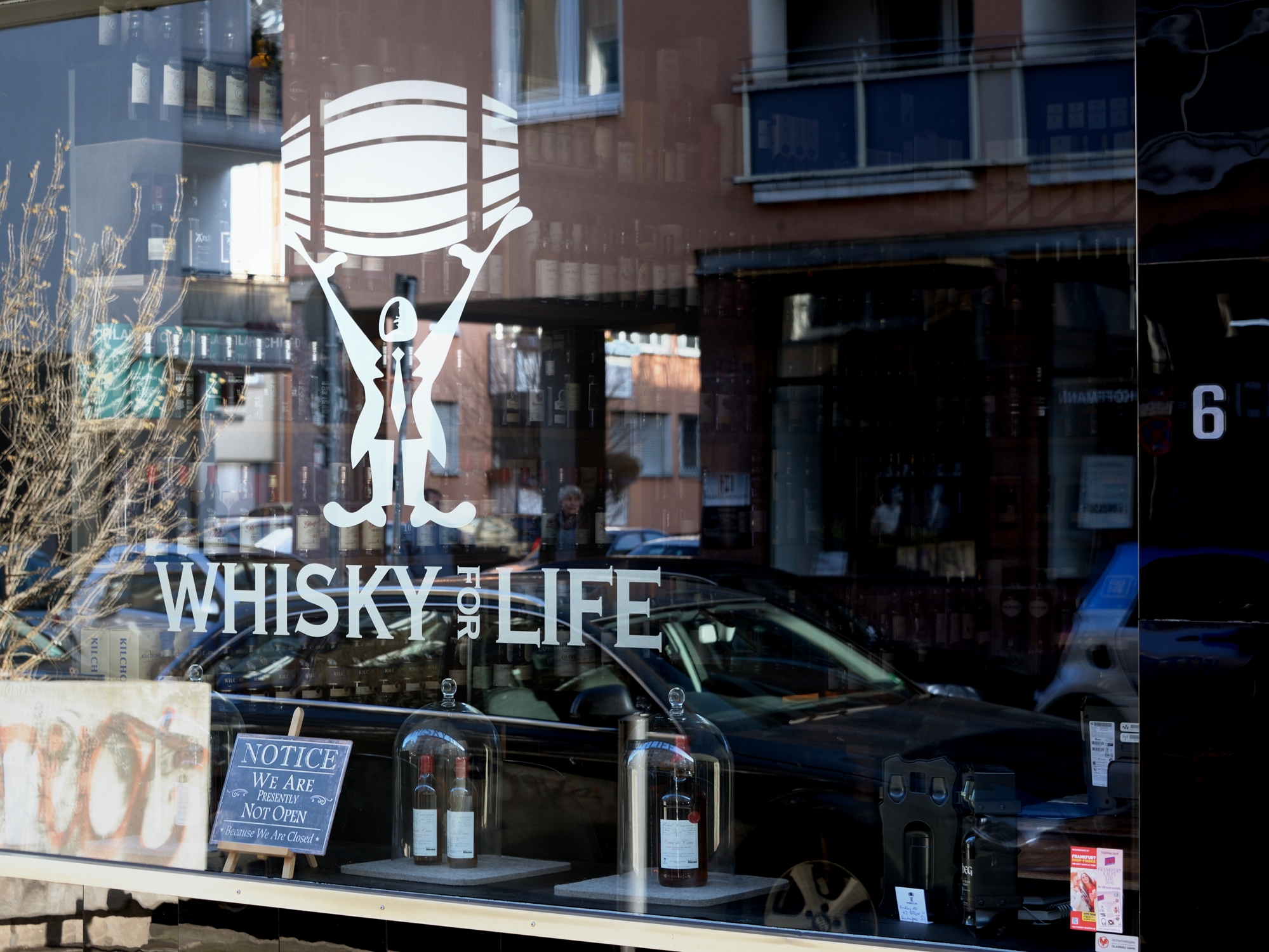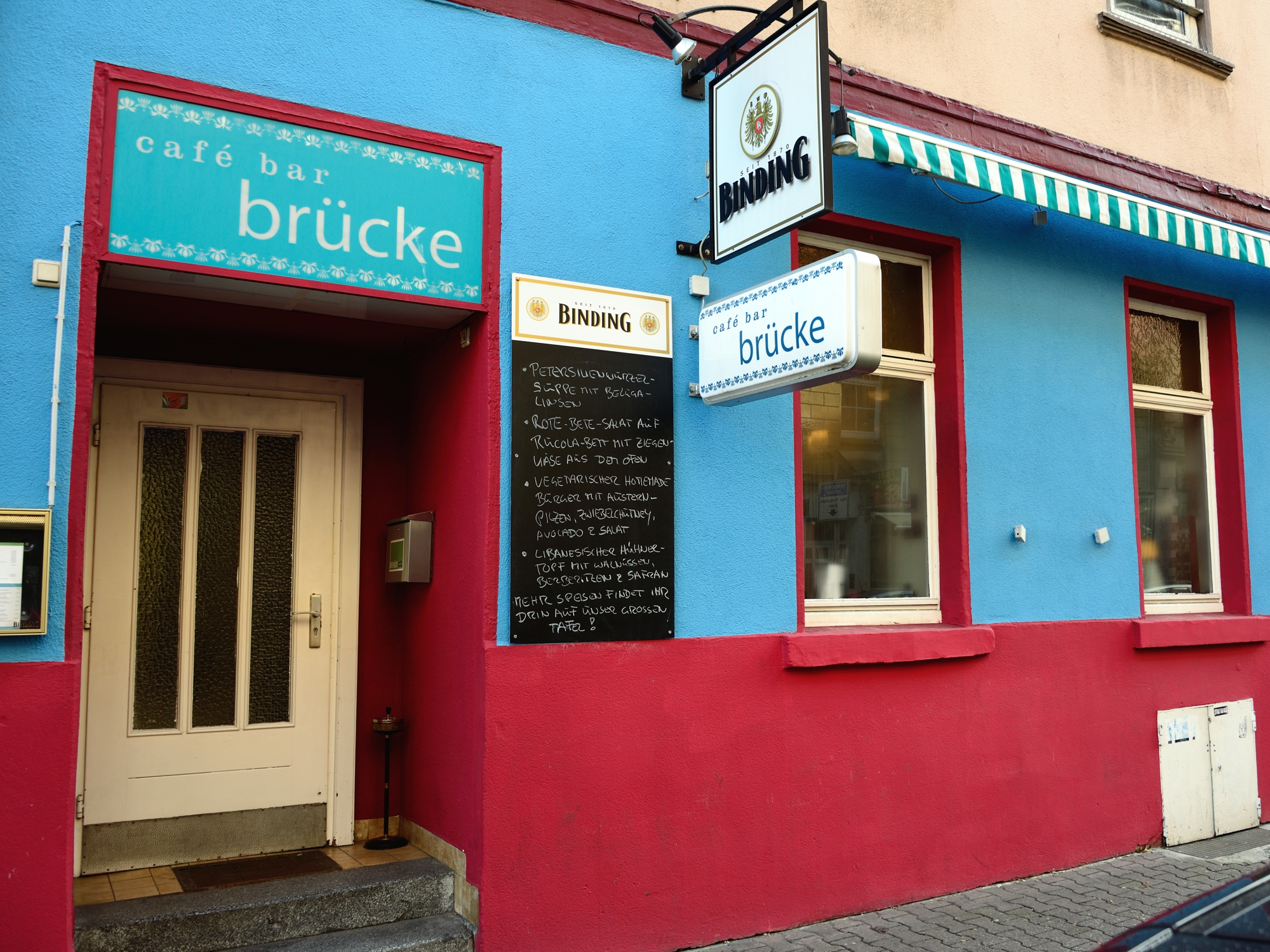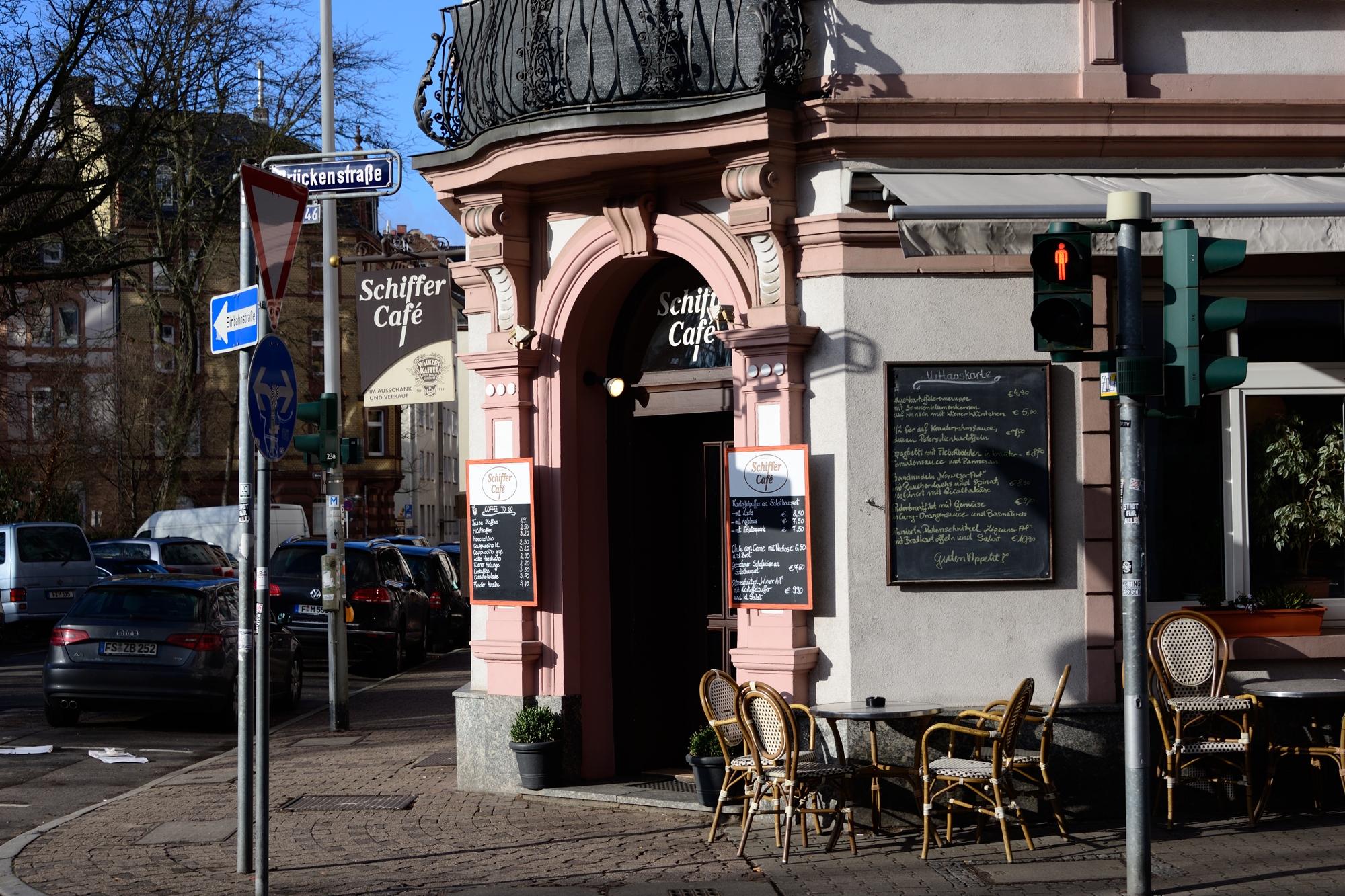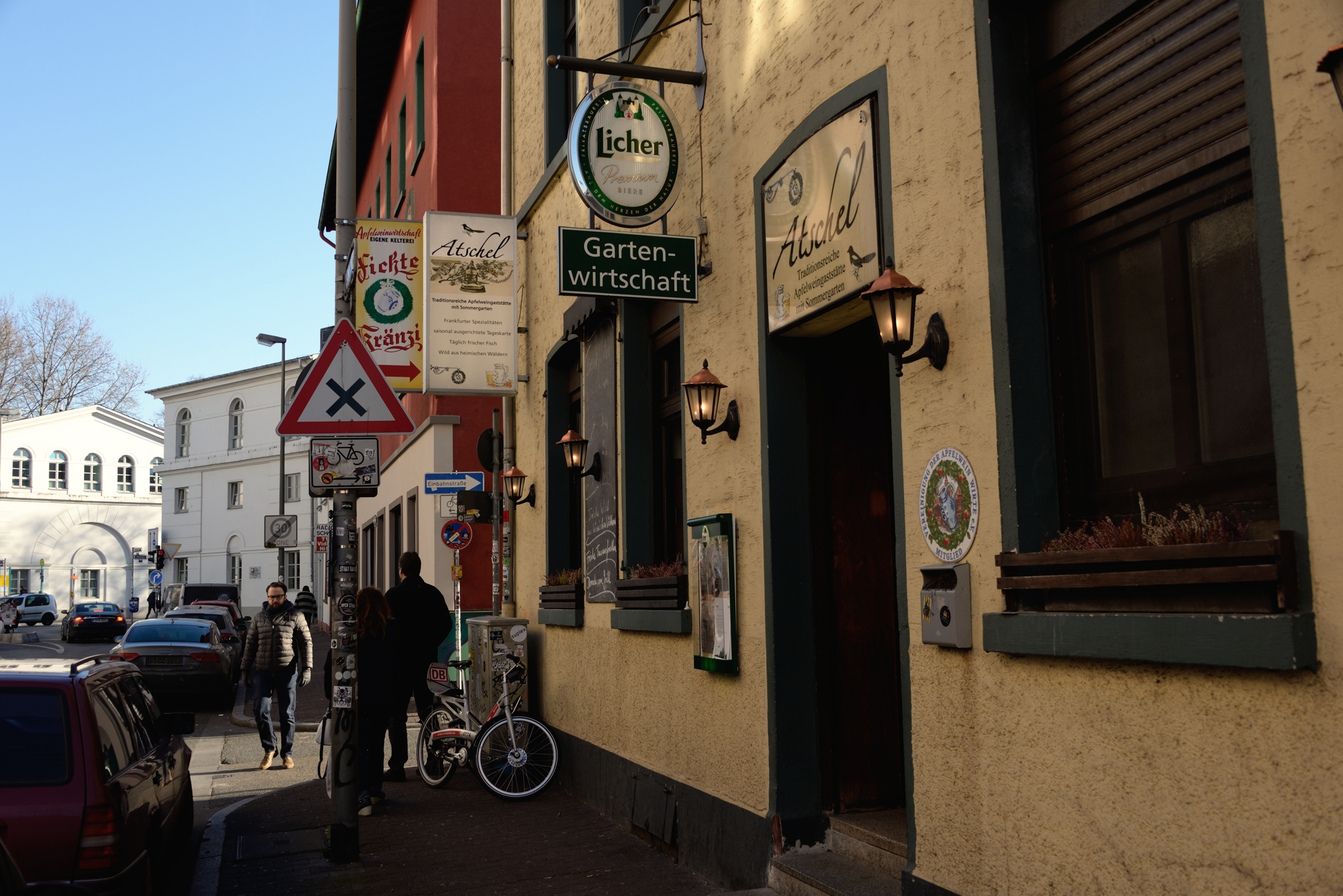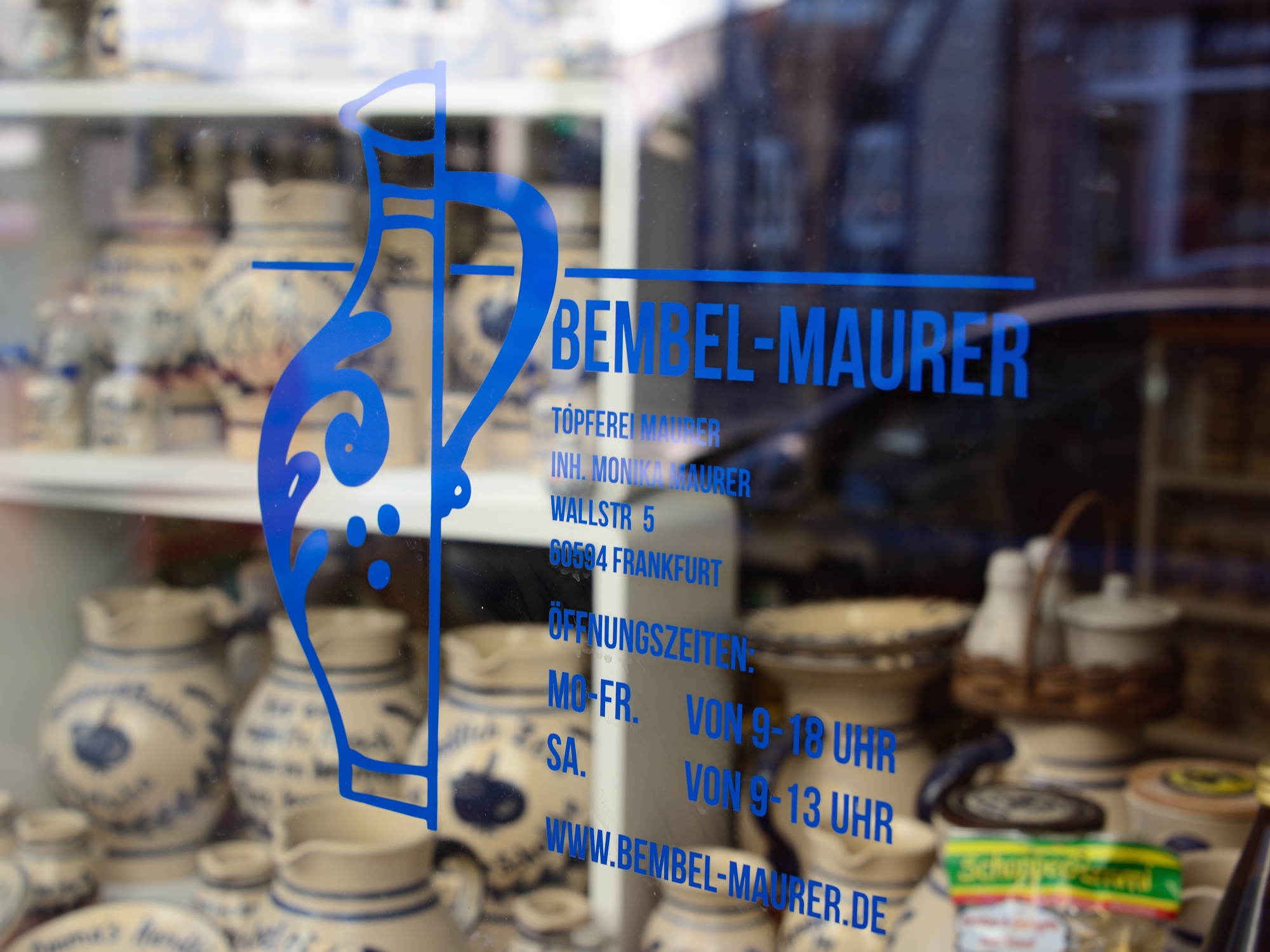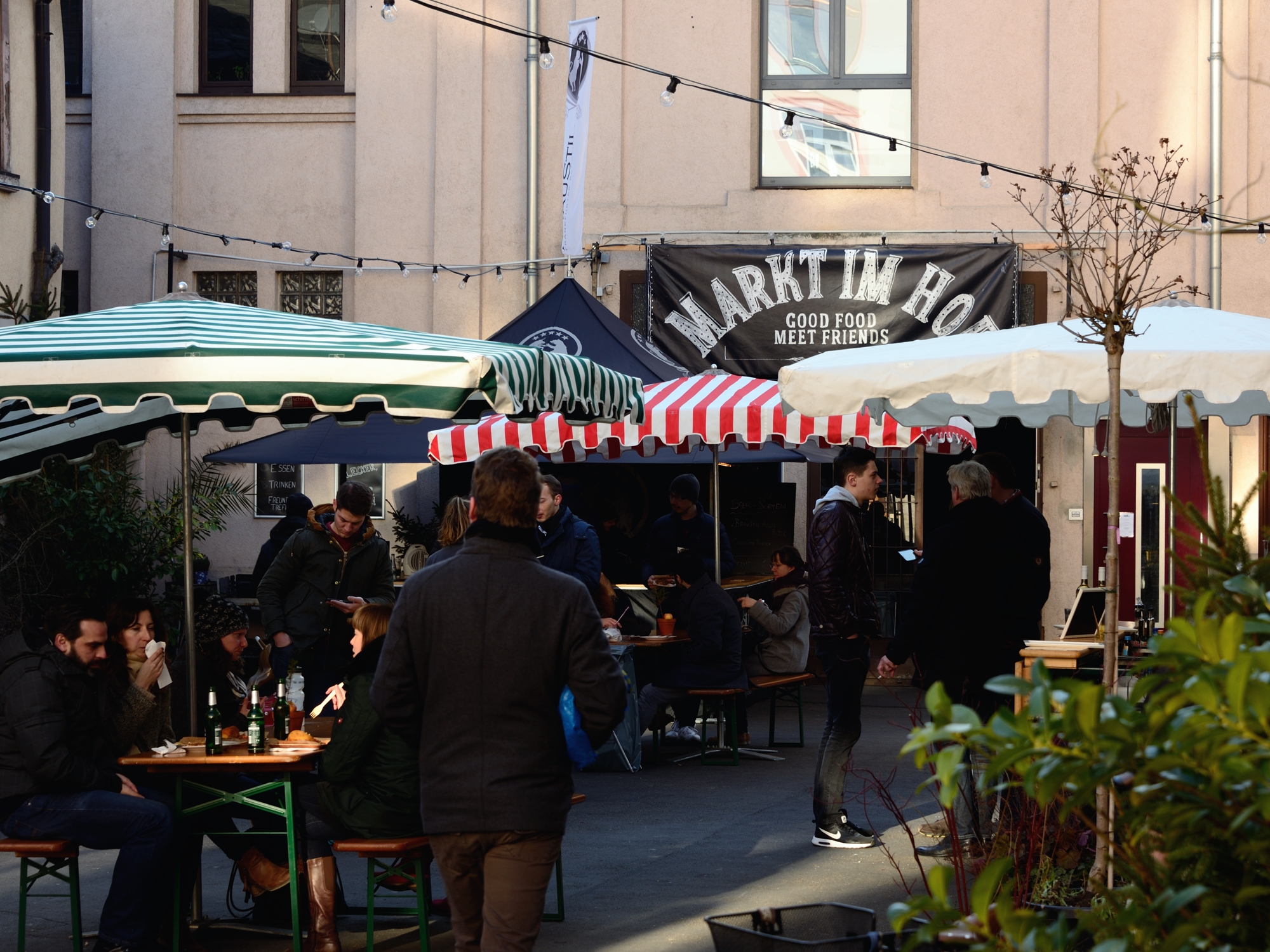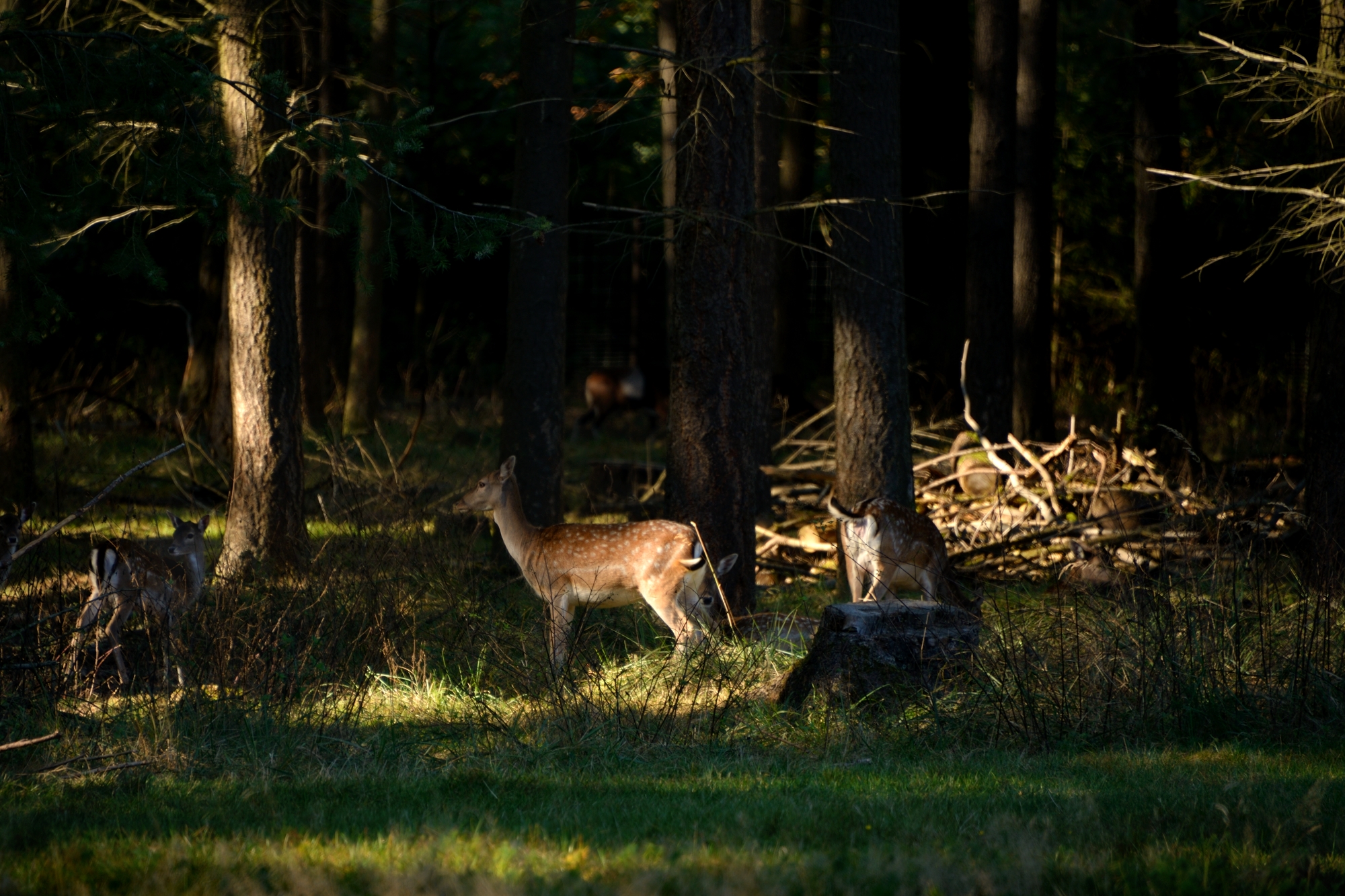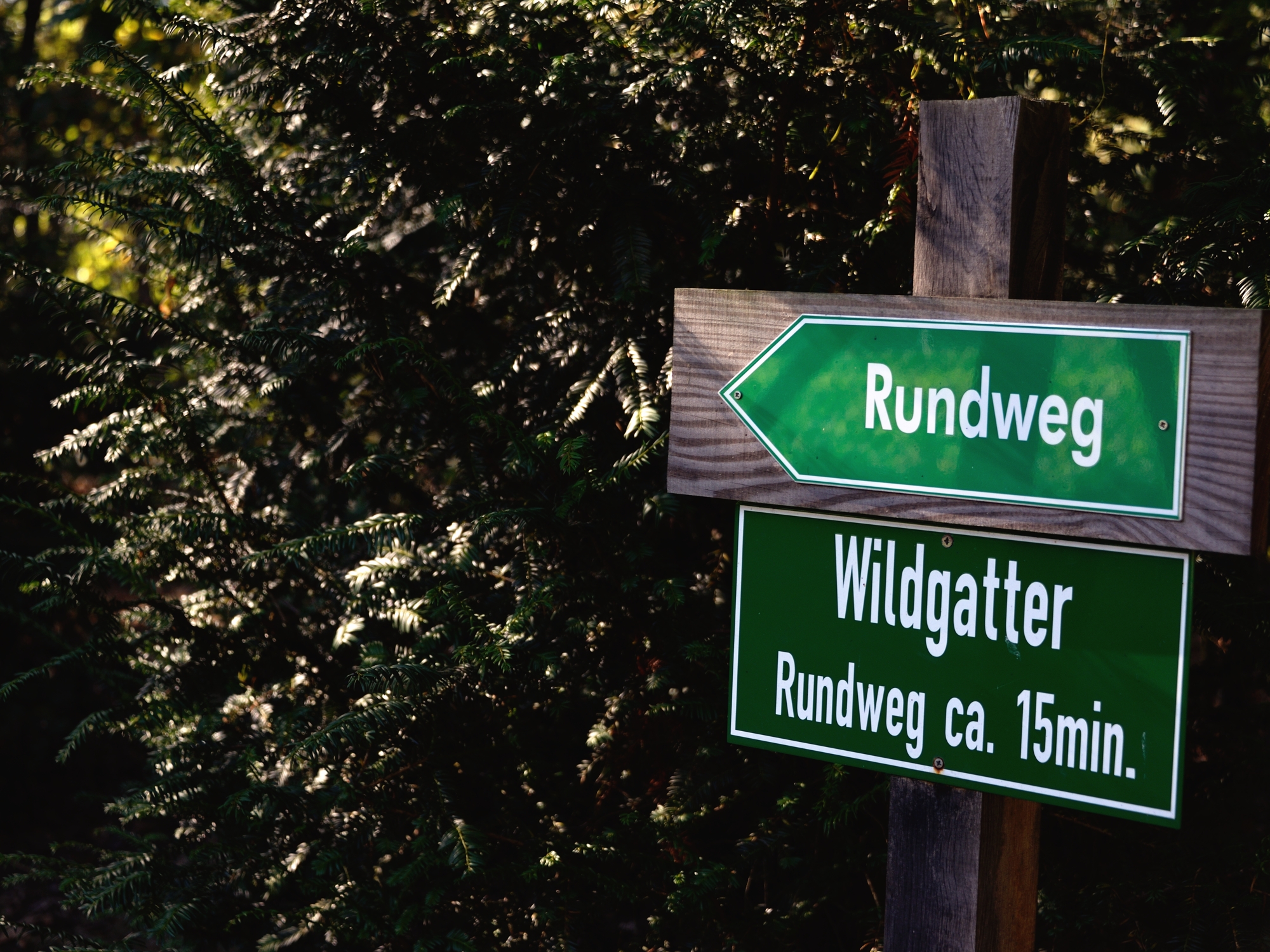Ernst May architecture and a lovely day out
/The ernst-may-haus
Within the Frankfurt travel zone a little north of Frankfurt is an area known as Römerstadt (take U-bahn U1 or U9 to Römerstadt). Today, it is known as a 1920's housing project conceived and planned by Ernst May. Centuries ago, it was a an area of Roman activity. With an original 'ernst-may-haus' to visit and offering some beautiful countryside along the path of the river Nidda, the Römerstadt makes for a great day out. It's also accessible via several cycle routes. (I've added notes below)
First port of call is the ernst-may-haus (Im Burgfeld 136), run and maintained by the Ernst May Society. Directions to the house are well signposted from the Römerstadt U-bahn station. The ernst-may-haus is a sample house which re-creates the original interior and features of Ernst May's concepts and has a very informative video, in English, about his ideas and planning for the New Frankfurt, as it was called. Other exhibits are in German however, one can still enjoy the aesthetics and ideas which went into creating this 1920's home. In the house is an original kitchen, designed by Margarete Schütte-Lihotzky, a bathroom, a cellar and bedrooms. Rooms are decorated in the original colours from 1928 to give authenticity to Ernst May's vision.
Once you leave the ernst-may-haus, you'll notice how the housing on every street conforms to the Ernst May principles, front lawns, back gardens, flat roofs and long terraces of identical buildings. Next you'll notice the amazing amount of greenery and nature incorporated into this residential project.
Nearby walks
My recommendation is that after you have visited the mayhaus, you walk back along the street, Im Burgfeld, towards the U-bahn, but instead of going into the station keep walking down the street (Hadrianstraße). Eventually, on the left you'll reach a road called "An der Ringmauer", walk beyond this street and take the next left which is a pathway leading you around the back of the housing and along the Schrebergartens. (Schrebergartens are small allotment gardens) The individuality of the Schrebergartens themselves are are pretty sight in the summer and the other unavoidable view are the imposing boundary walls, to the left as you walk, jutting out like battlements. Walk up upon one and capture some great Frankfurt skyline views.Find a path that takes you through the Schrebergartens and to the banks of the river Nidda. Suddenly you are transported away from housing and into the heart of the country-side with large green vistas and nature all around. Head toward the small bridge signposted as, "Am Bubeloch" and enjoy the views. For a pleasant walk, cross the bridge and walk down stream, in under 2km you reach another bridge where you can cross over, explore Steinbech (a small water inlet) and then walk back up towards Römerstadt. An alternative walk from "Am Bubeloch" is not to cross the bridge but to follow the bank of the river Nidda upstream for 3.5km and you will reach the old Bonames airfield which is today a nature reserve and has the excellent Tower Cafe, serving lunches and home-made cakes. (From The Tower Cafe it is possible to walk into town and catch the U2 or U9 trains at the Kalbach station.)
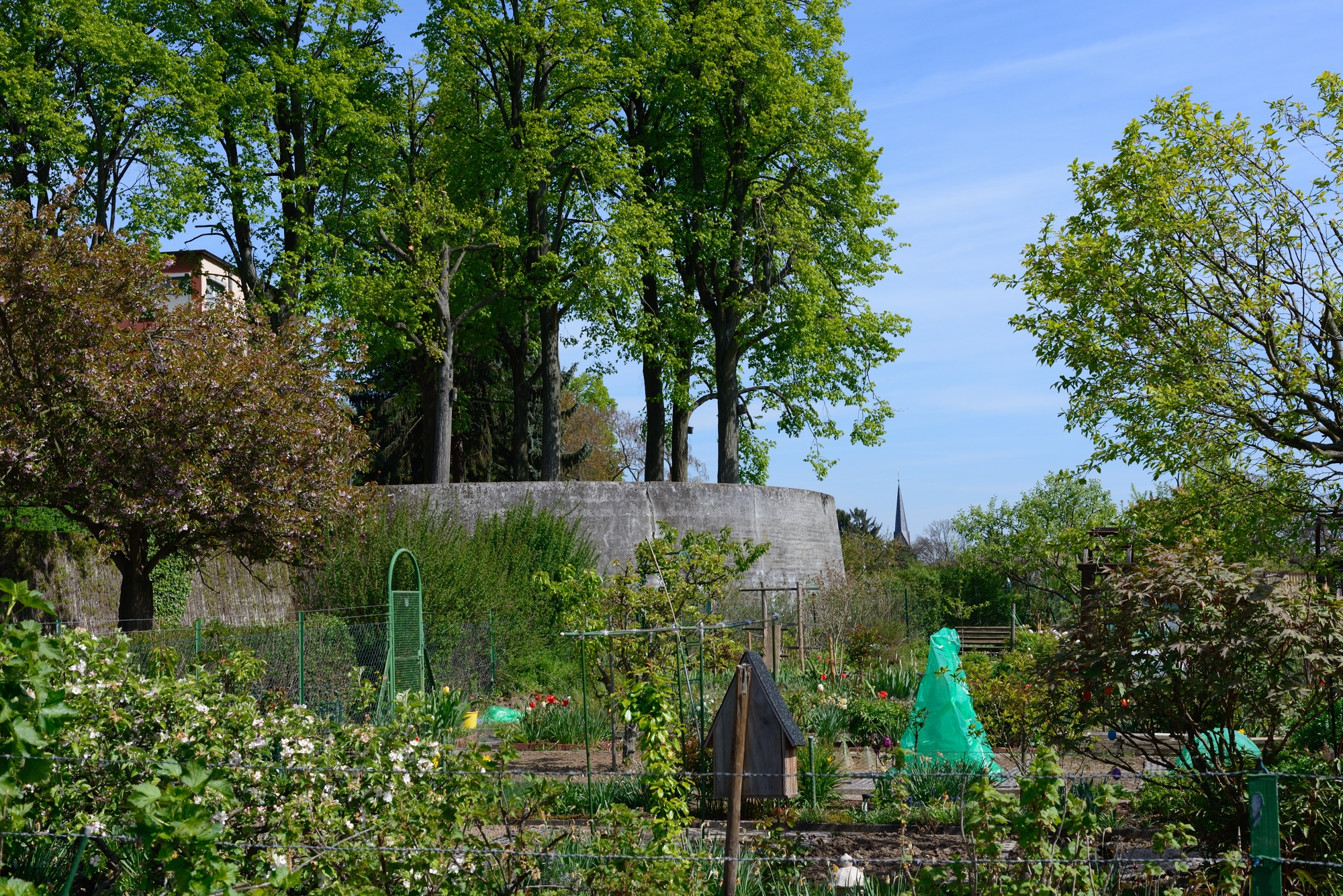
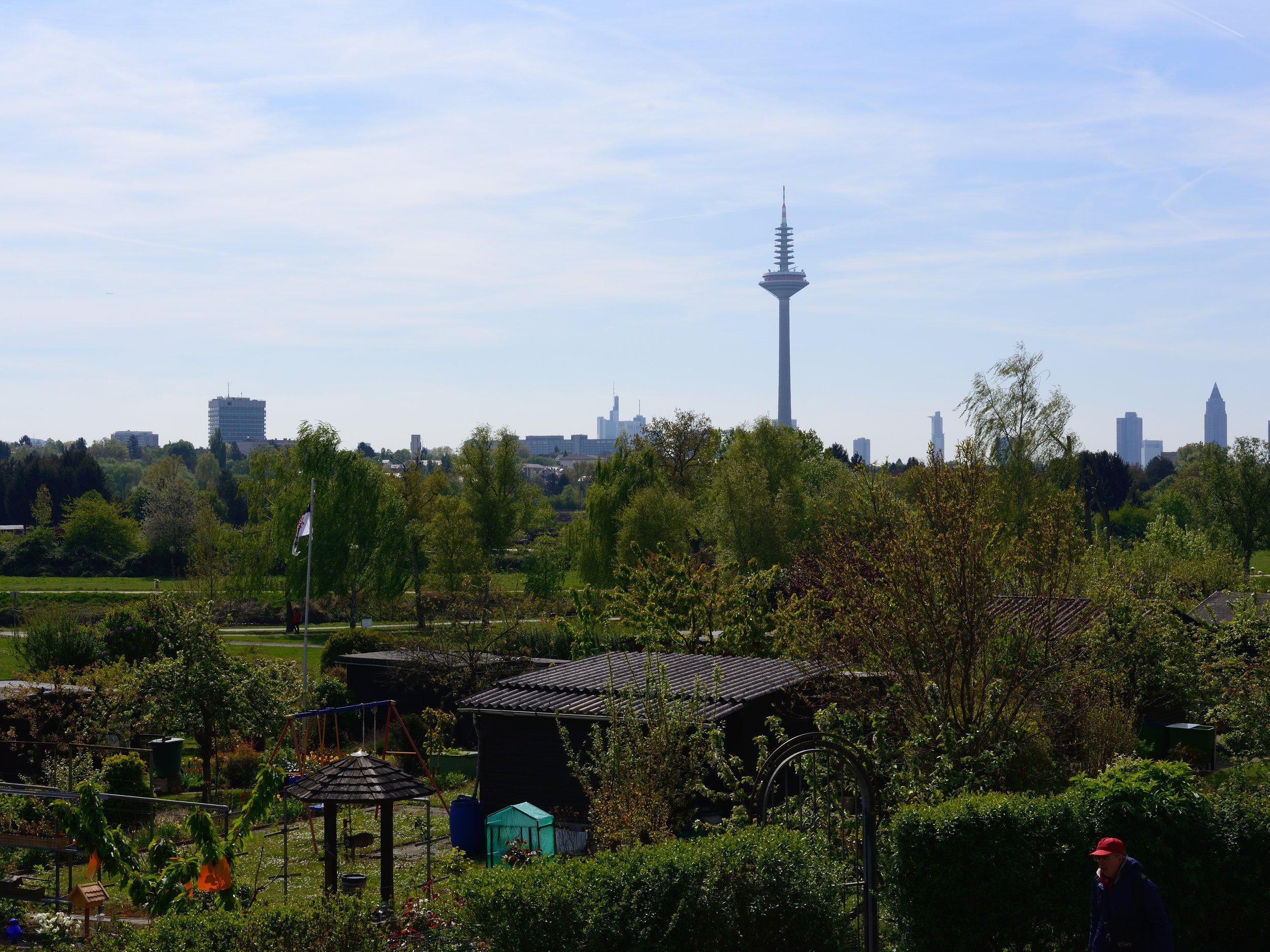
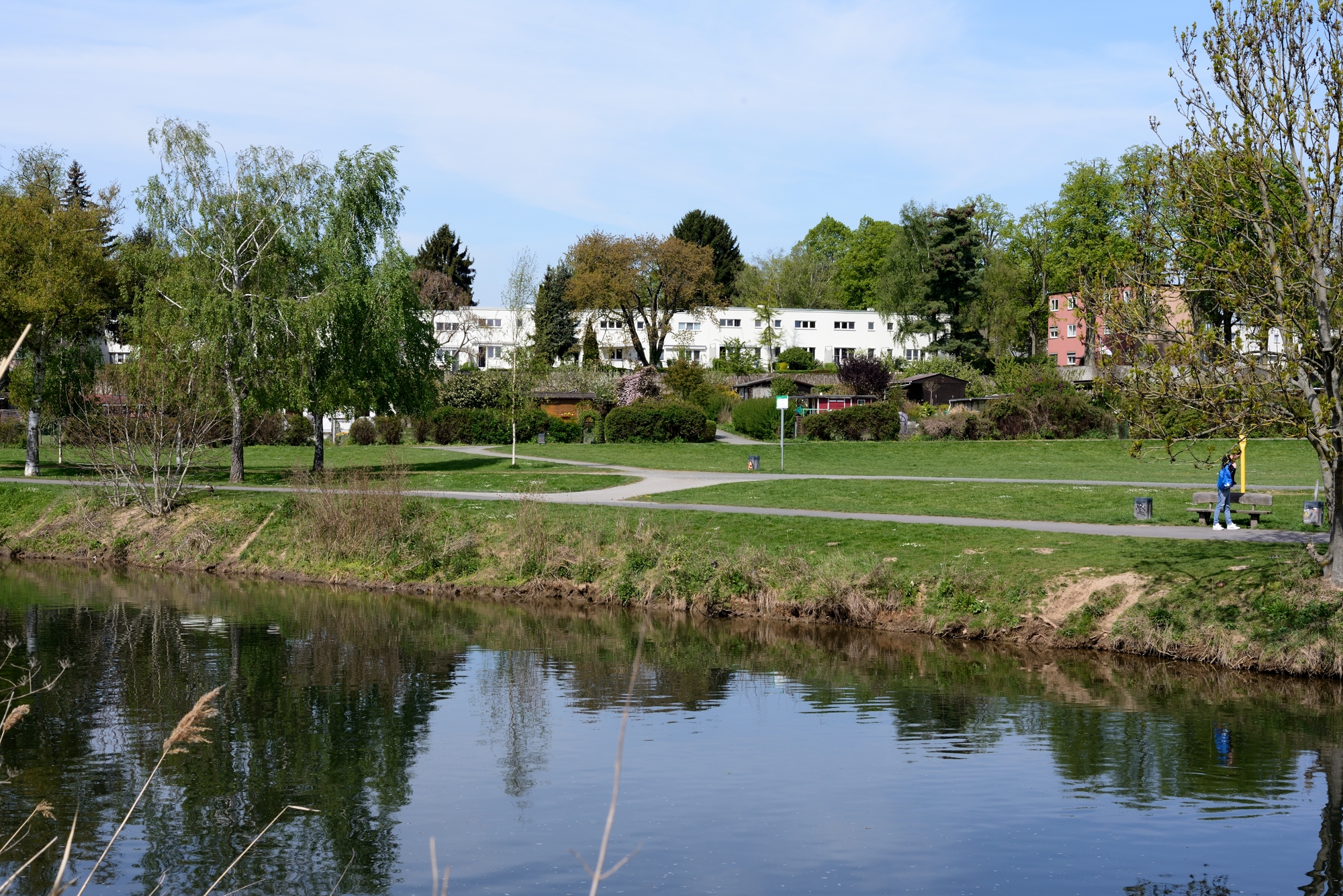
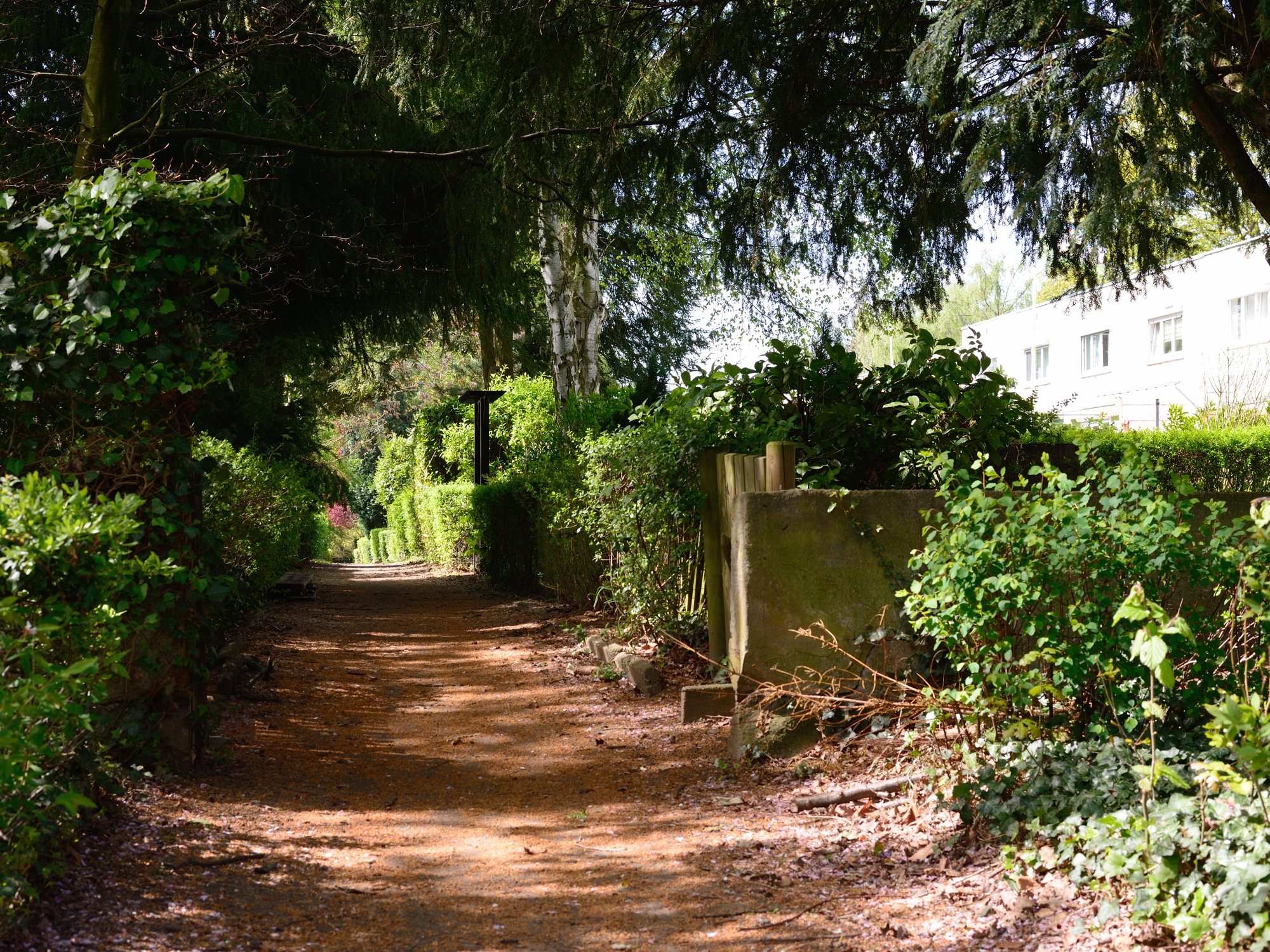
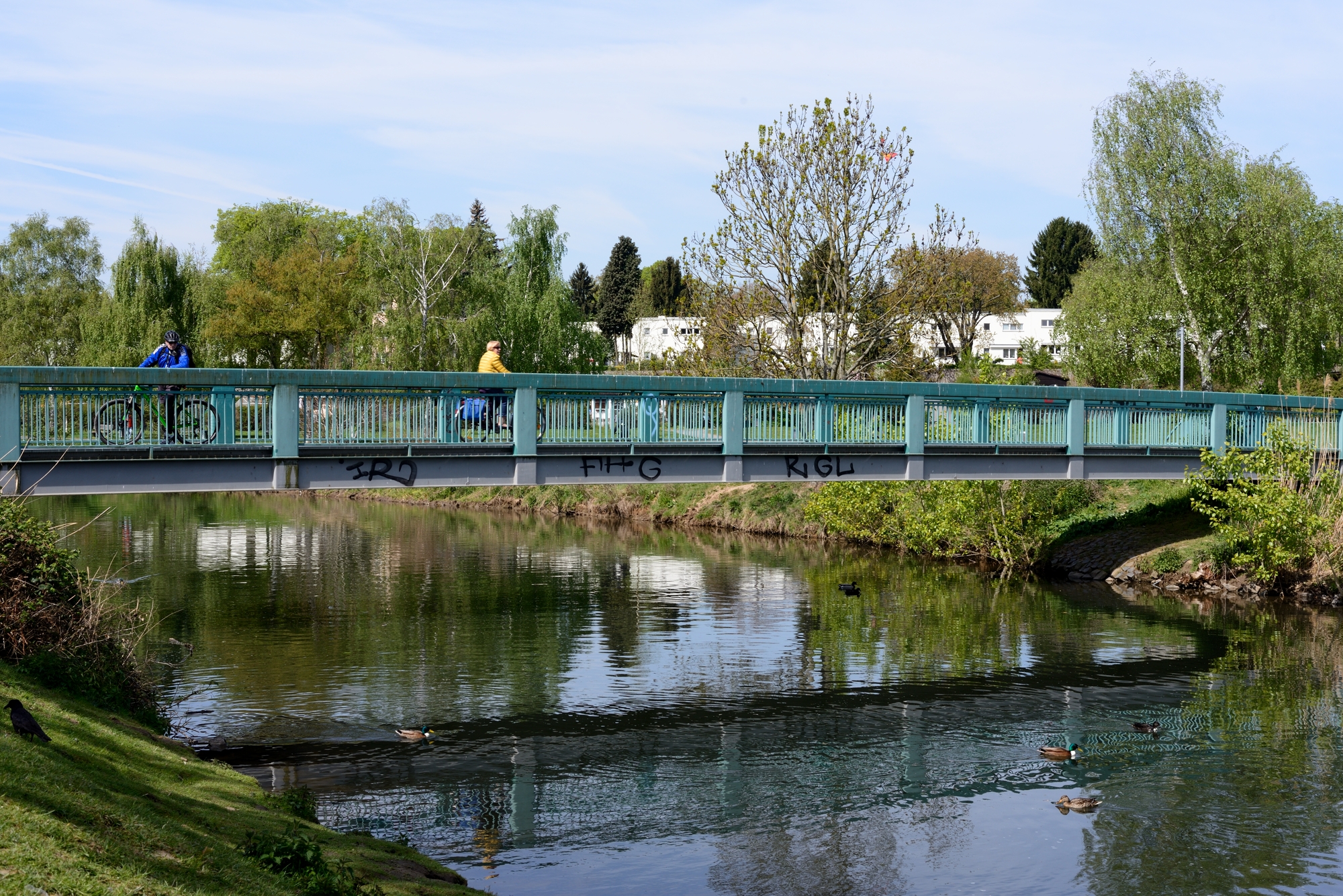
To incorporate a walk along the river, on route back to Frankfurt, turn left at Am Bubeloch and follow the river path upstream. The path will eventually take you up onto a road bridge. Turn right onto the bridge and cross the Nidda river. Turn right onto Niedwiesenstraße and then left onto Am Brückengarten. Turn left at the T-junction, at the end of Am Brückengarten, and you'll see some steps leading up. Follow the steps up and you'll find yourself on a busy road (Am Weißen Stein). Turn left and you'll see the S-bahn station Eschersheim. Turn right and follow the road down toward the U-bahn stop called Weißer Stein. This stop is served by the U1, U2, U3 and U8 trams. For a treat head to the Lido ice cream cafe, just behind the U-bahn stop. They make the ice cream on-site and the quality is top notch.
For cyclists
The cycle along the Nidda river, from Frankfurt heading north east is lovely. There is a small bridge at Am Bubeloch allowing you to cross over into Römerstadt where upon the Schrebergartens and Ernst May housing is directly ahead of you. Turn left at Am Bubeloch and follow the Nidda downstream and under the road bridge. The ernst-may-haus is across the fields heading north away from the river. After visiting Römerstadt head back to the river turn left and follow the Nidda upstream to Bonames and it's old airfield to rest and grab a bite to eat at the fabulous Tower Cafe.



